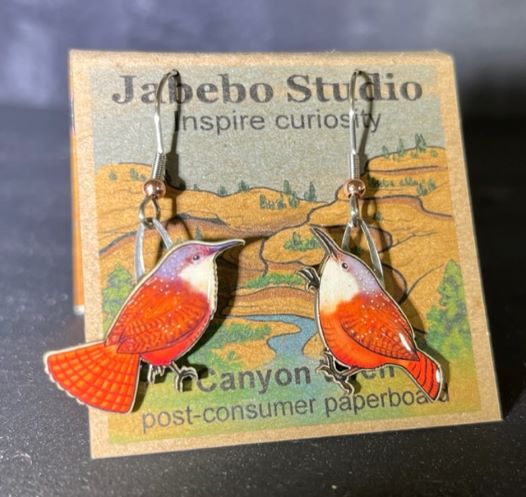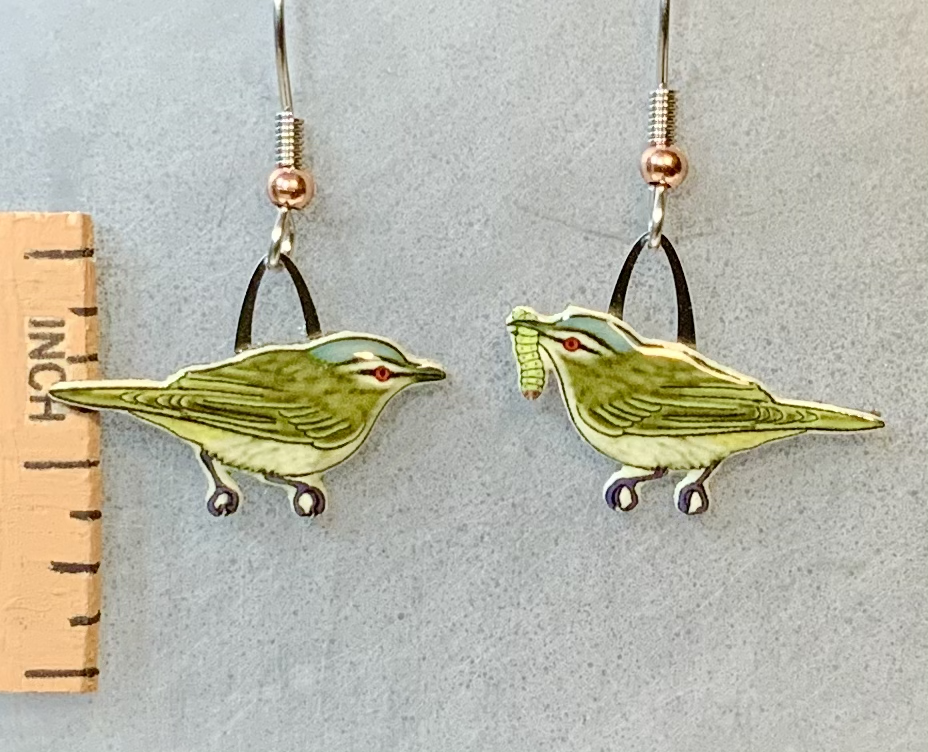

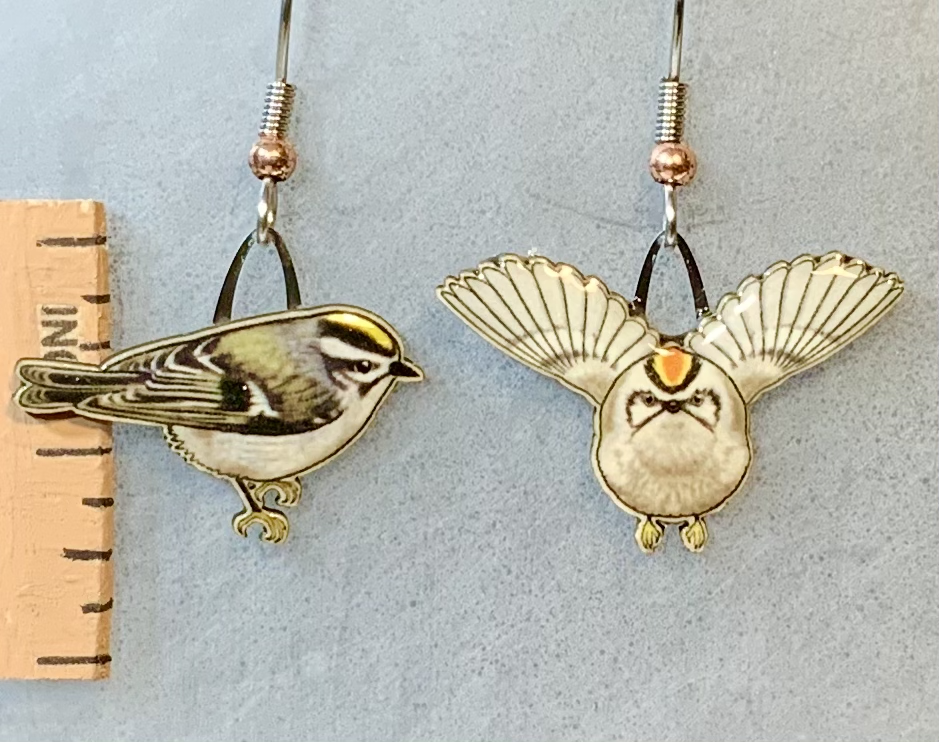

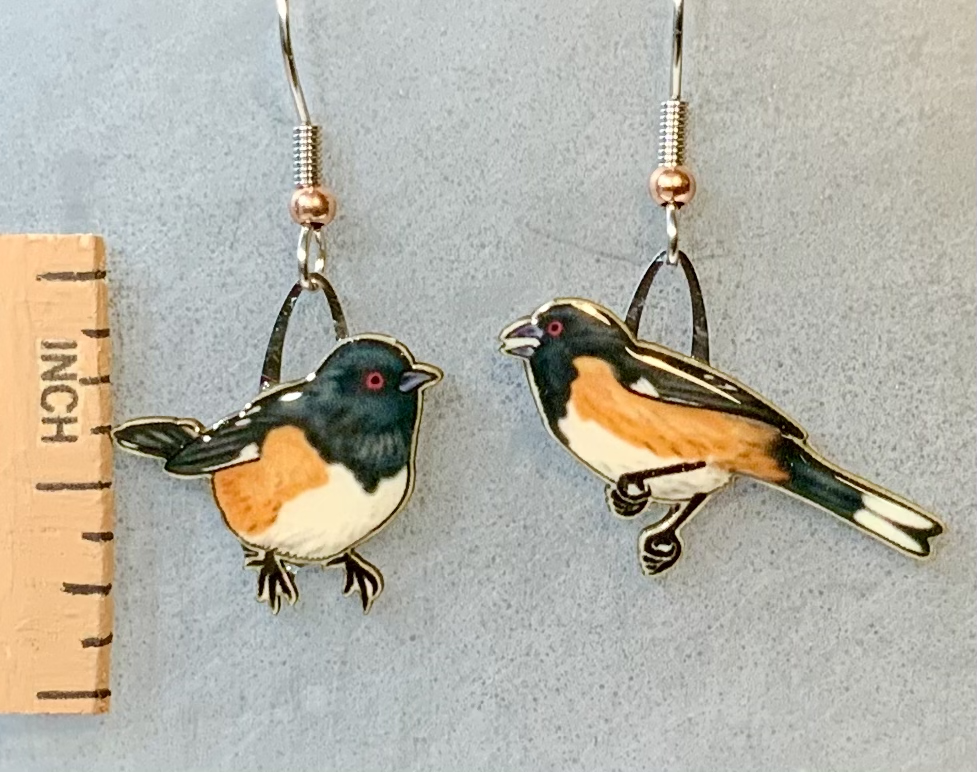

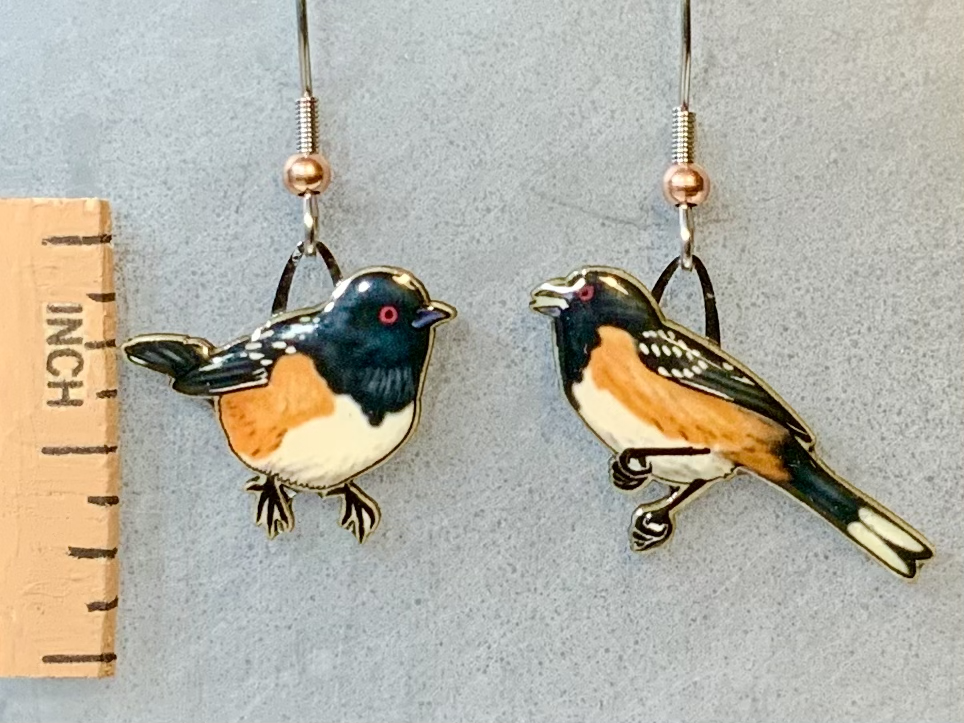

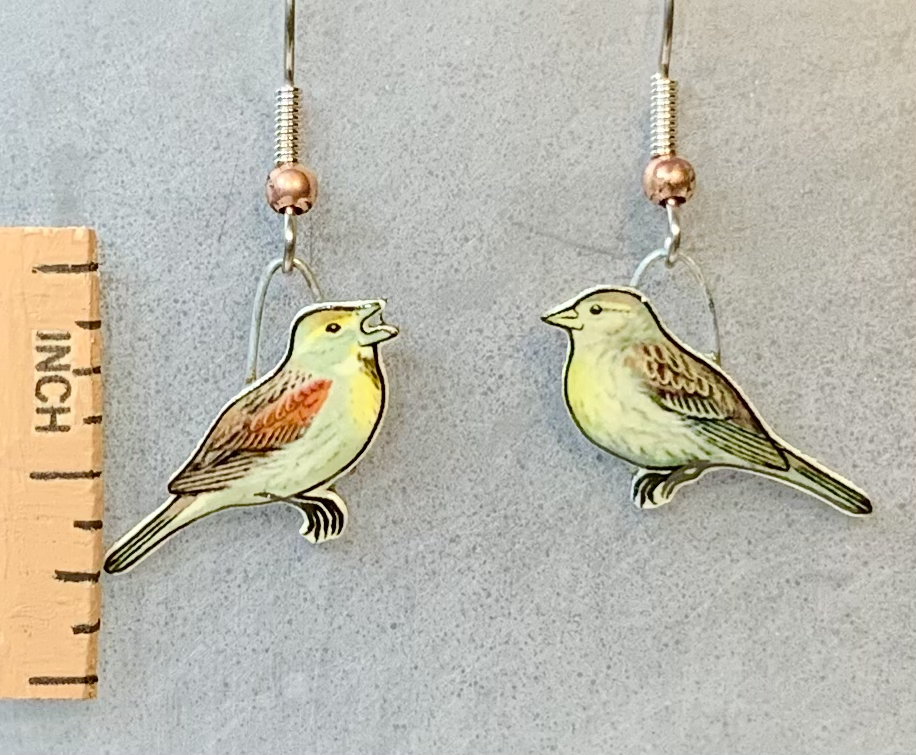

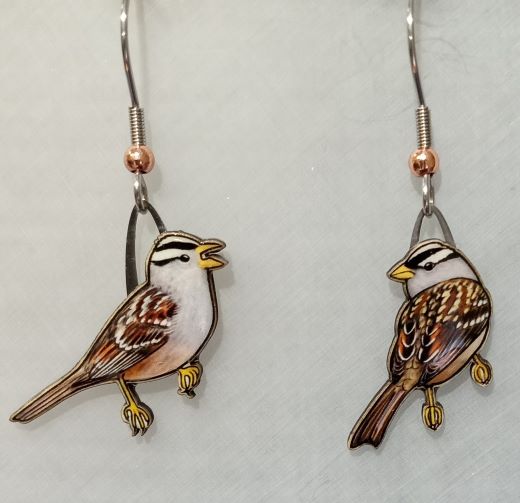

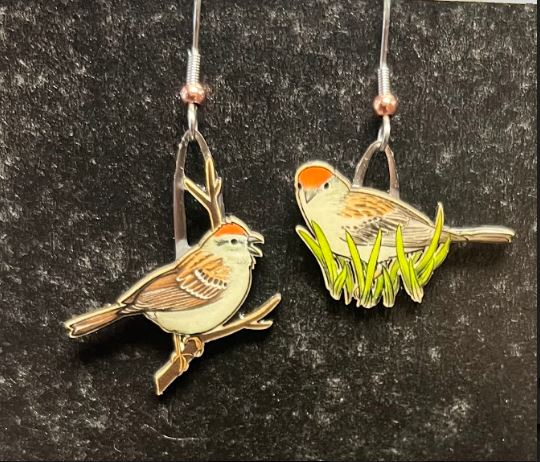
These common sparrows like open landscapes where they are often seen foraging in low vegetation but with plenty trees and shrubs. Their adaptations are well-suited to our towns and urban green areas. They are found throughout temperate North American. Both mature males and females have a reddish-brown cap.
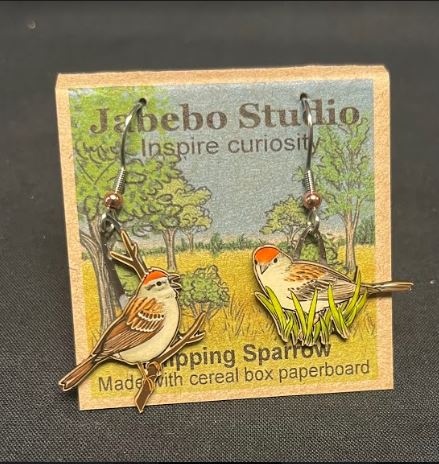

Most likely to nest in the Carolina coastal region and Southern Midwestern states, ie parts of Texas, Louisiana, Arkansas and adjacent states.

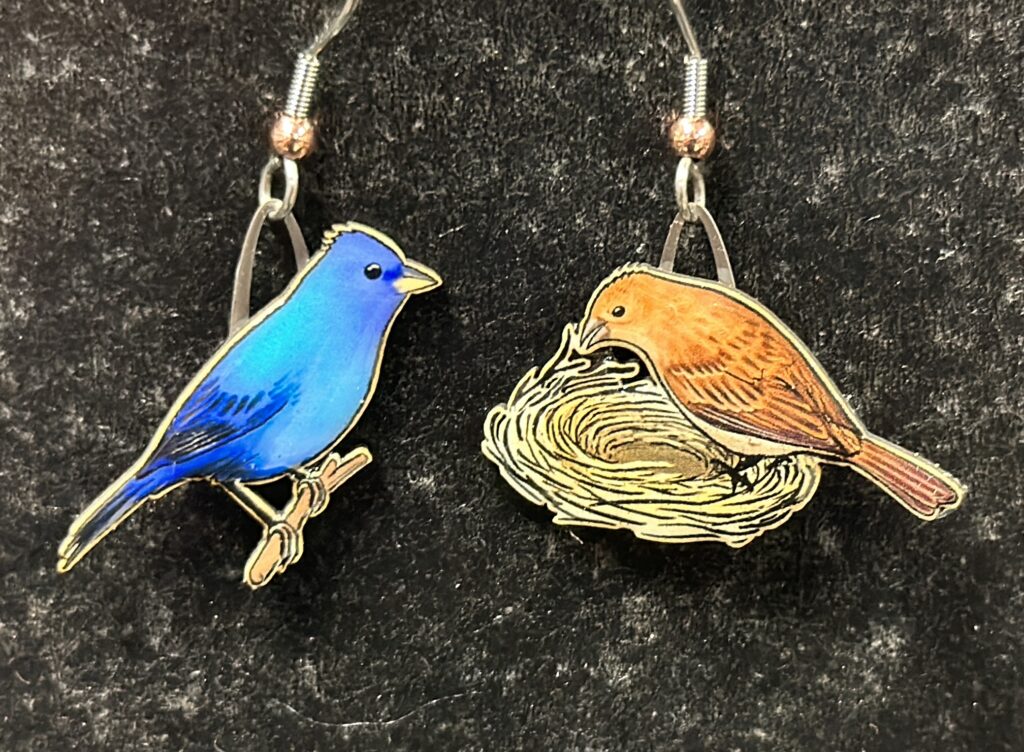
Common breeder though out Mid West and eastern North America from southern Canada to Florida and Texas. They like brushy edge habit and so are likely to be seen in and around any suburban to urban park area.


A small, bright blue (males) bird of the west. They are attracted to backyards and feeders.

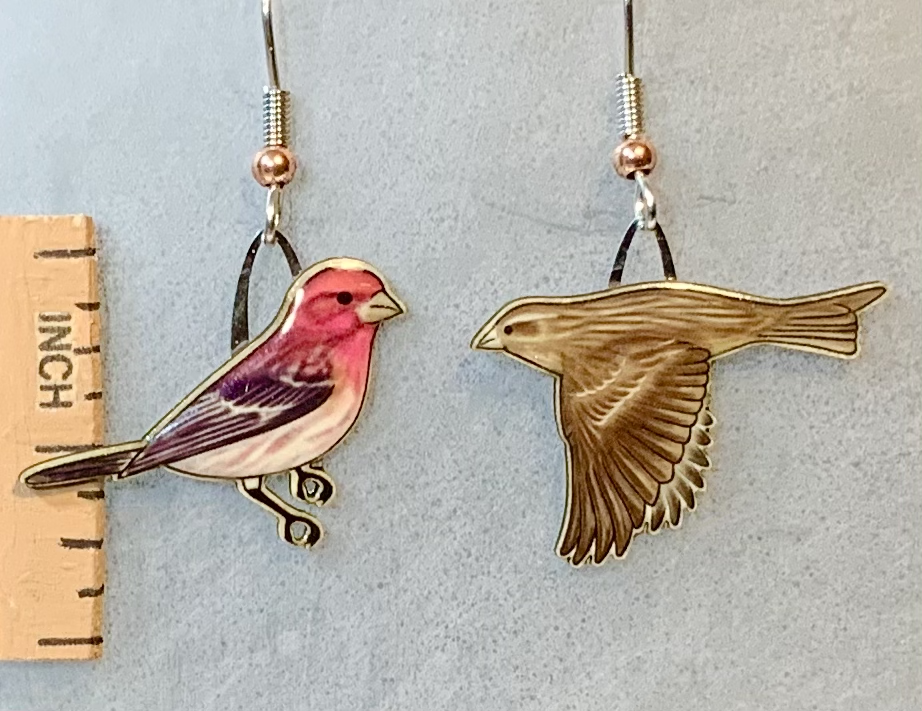
Wide ranging but not common in towns and urban settings like their cousins, the House Finch. They prefer habitat with conifer trees rather than towns and cities. Male Purple Finches have a similar bright coloration to male House Finches, but distinctly more purplish, like “raspberry jam.”
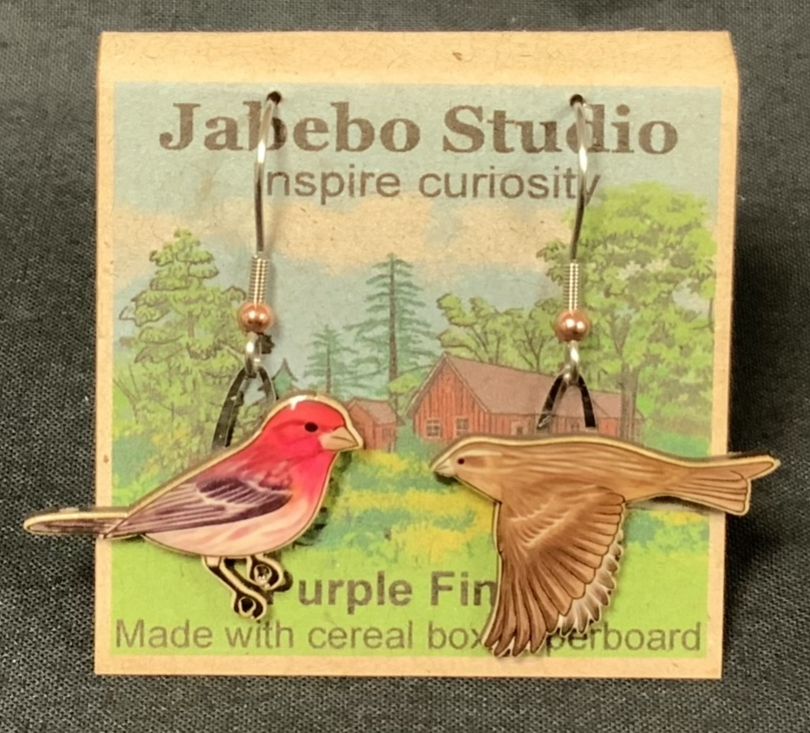

Seen throughout North America and a year round resident in the middle tier of the continent. They are a common backyard visitor. They love open fields with thistle and asters.

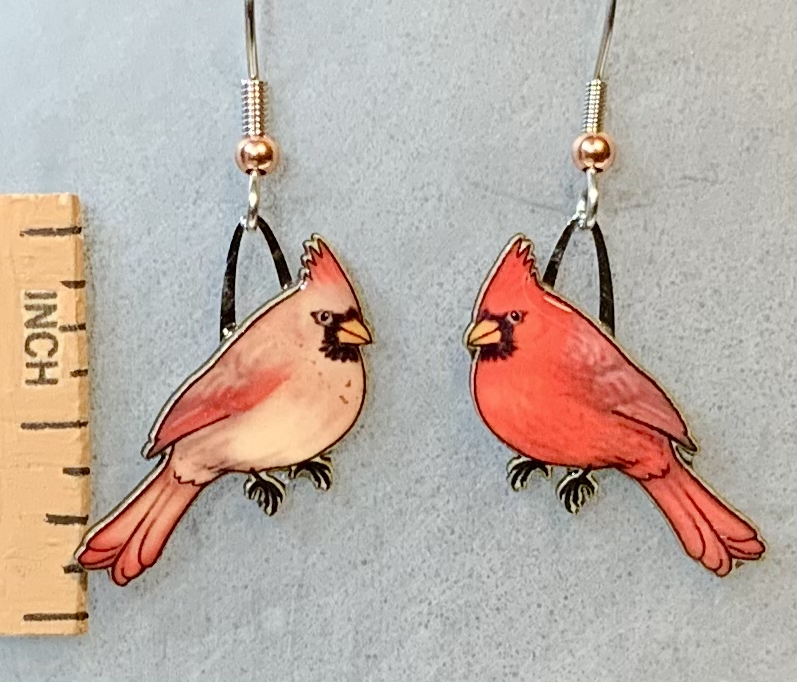
Cardinals live year round everywhere from southern edges of Canada to Florida and west to the Great Plains and Texas. The Mexican population has a finger that extends up into Arizona. They are another favorite backyard bird.


Similar to Northern Cardinals in size and form, male Pyrrhuloxia are mostly gray with bright red markings. They specialize on the scrublands of the southwestern desert.

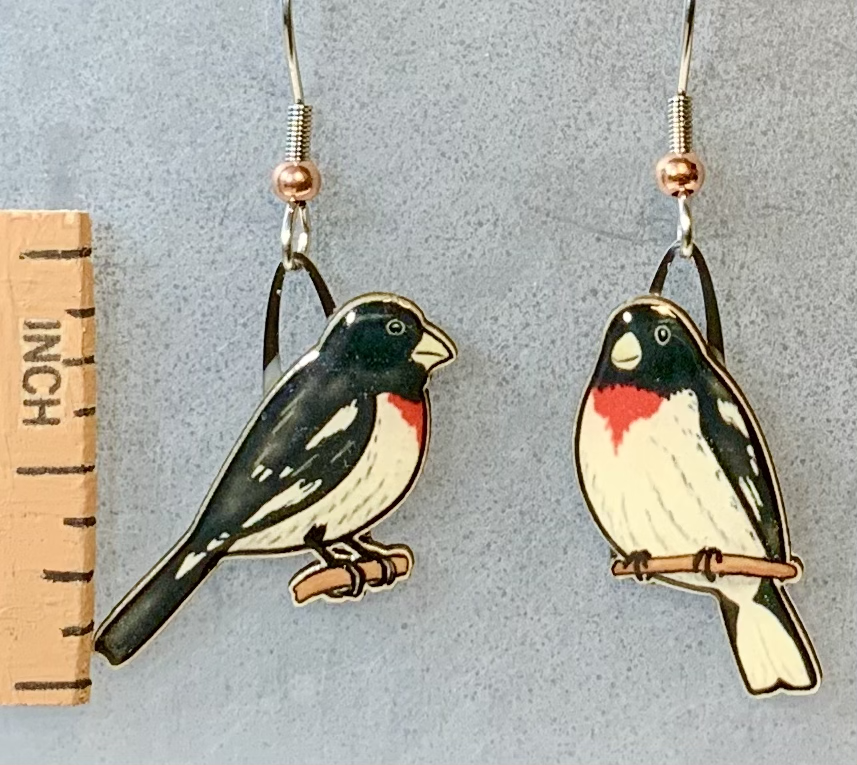
Breeds in either deciduous and or conifer forests of the middle tier of the eastern US and up into Canada. Migrations take them through in the South.

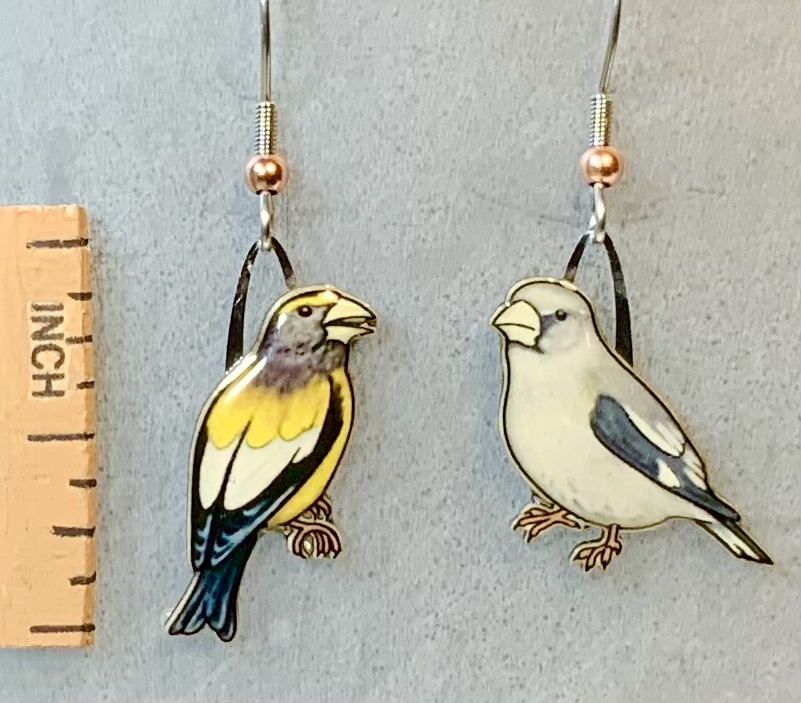
A bird of the North where they visit feeders throughout the year. However, there numbers have decreased significantly in recent years.

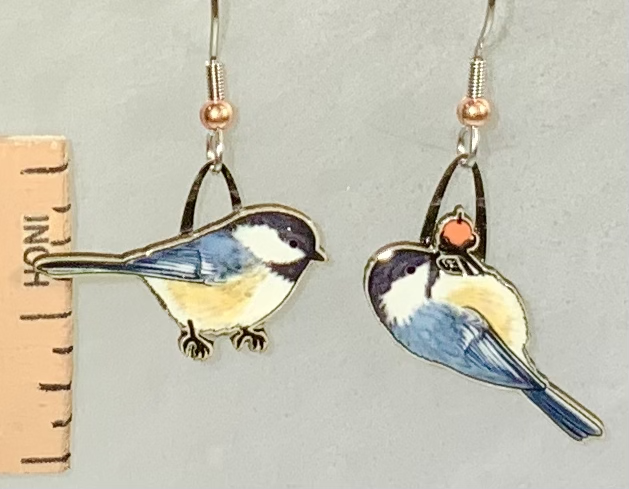
A year-round resident all across the northern United States and Canada. Very similar to the Carolina Chickadee with minor difference in color patterns which we tried to exaggerate slightly in our designs. The two species have distinct ranges with little overlap, with the Black-capped associated more with northern states and the mountainous region of Appalachia. In the west, where they share ranges with other chickadees, the Black-capped possibly shows a stronger preferences for deciduous habitats and lower elevations.

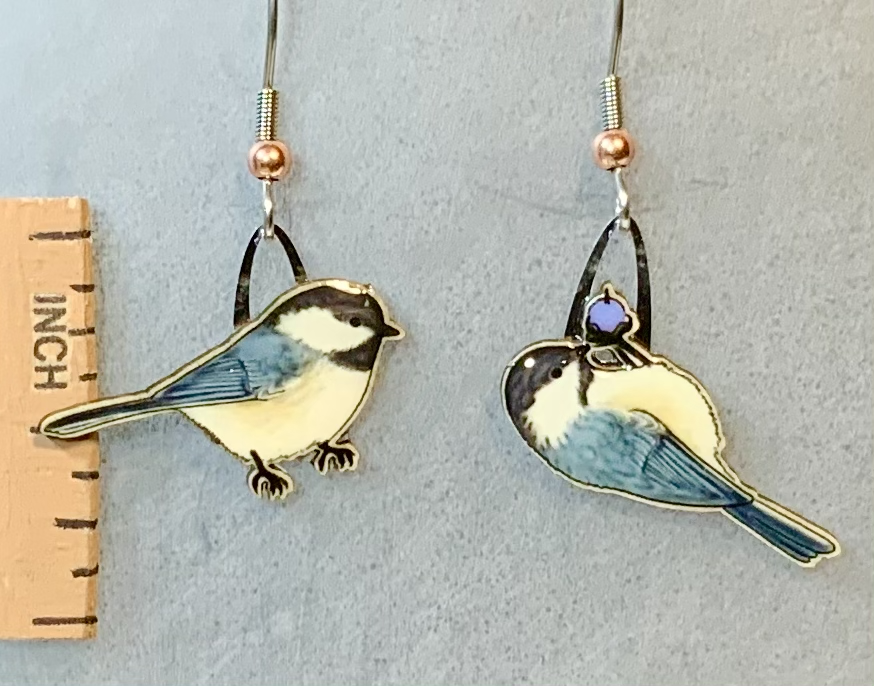
A year-round resident of southeastern United States. Very similar to Black-capped with minor difference in color patterns slightly exaggerated in our designs. The two species have distinct ranges with little overlap with the Carolina Chickadee being more associated with the Southeastern US.

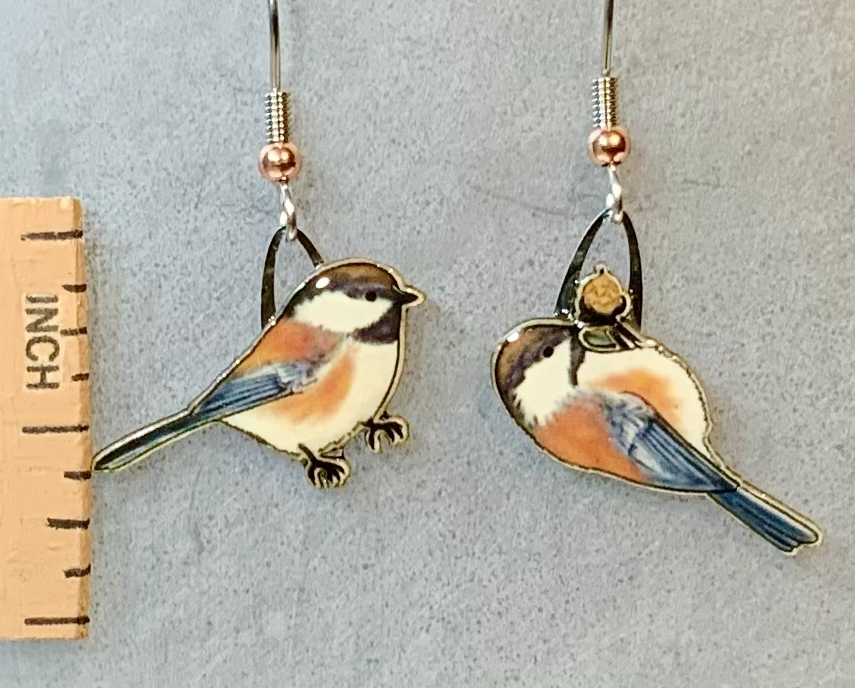
Like other chickadees, they are common backyard birds and visit feeders. They are distinct with their rich brown color patches and associated with wet conifer forest habitat of the northwest coastal region.

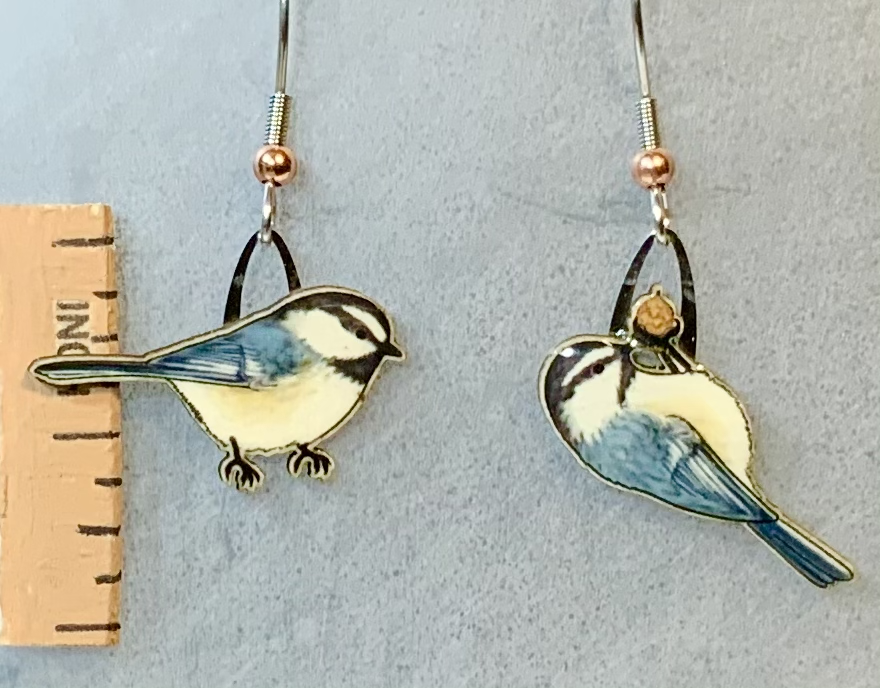
A western Chickadee distinguished by a white strip over the eye. They live in mountainous habitats from the Rockies westward. Like Chestnut-sided they have strong ties to conifer forests.
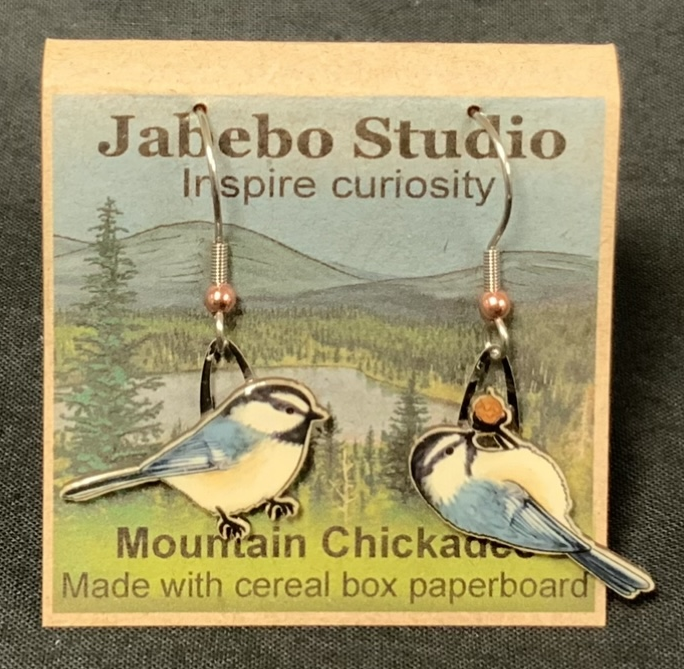
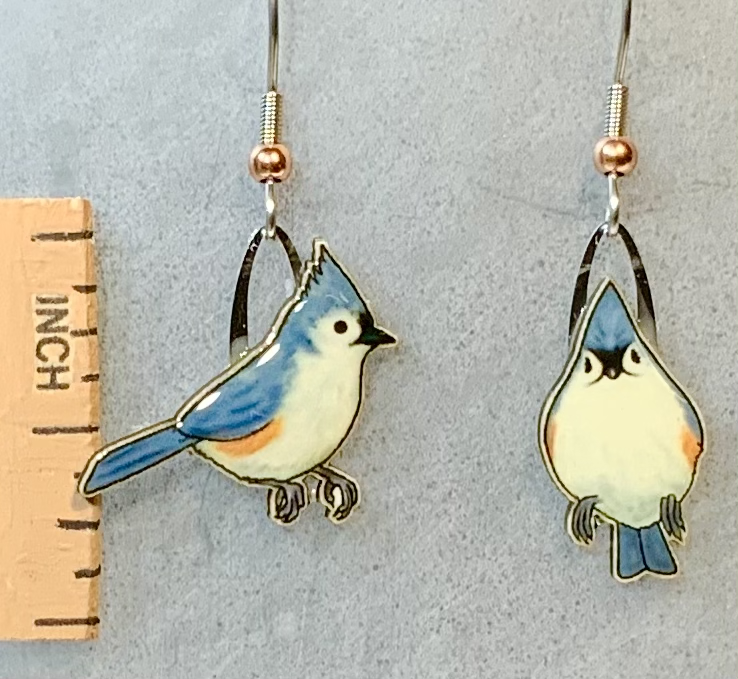
A common songbird native to deciduous forest in the Eastern United States as well as southern Canada and Eastern Mexico.
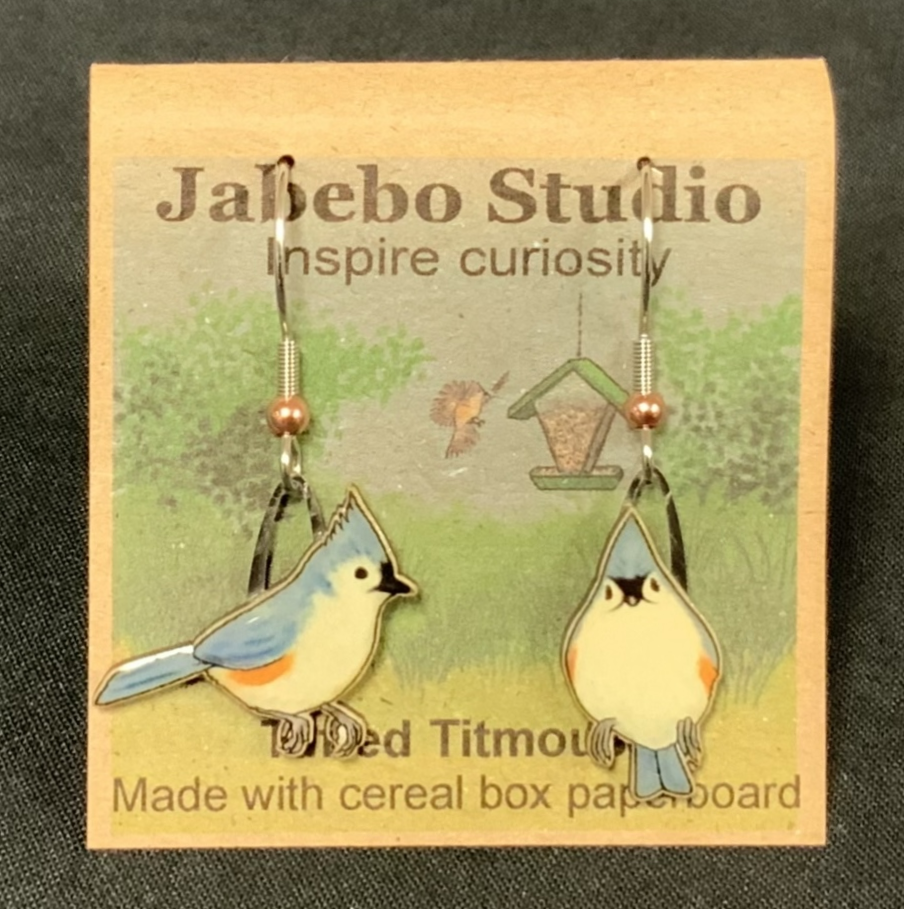
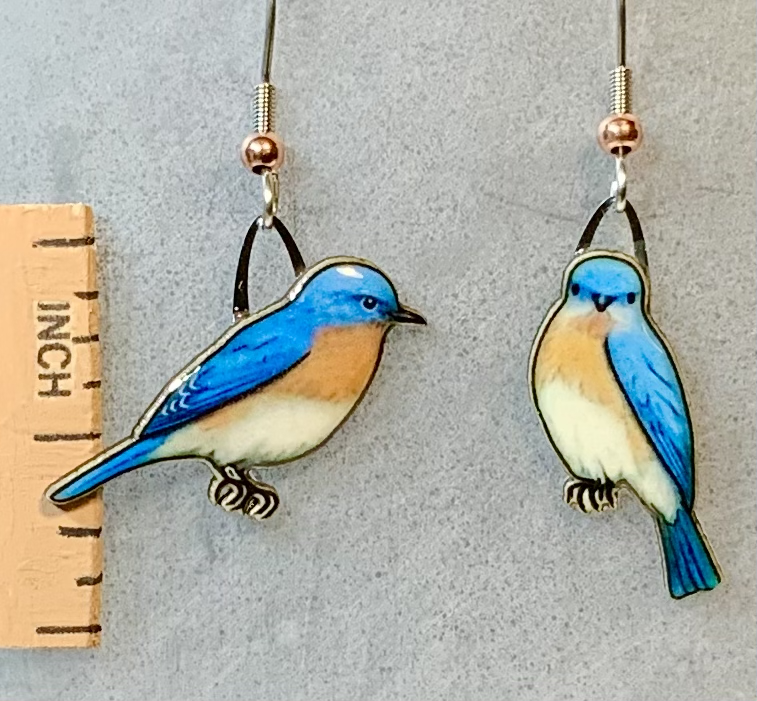
Live and breed everywhere from Southern Canada to deep South and west into the prairie regions and Texas. They are year round residents in the southern region. Bluebirds love open fields but require trees for cavities to nest in. Nesting boxes have greatly enhanced their breeding habitat. Being such a favorite they are enticed into visiting backyards with mealworms.


A common songbird native to deciduous forest in the Eastern United States as well as southern Canada and Eastern Mexico.

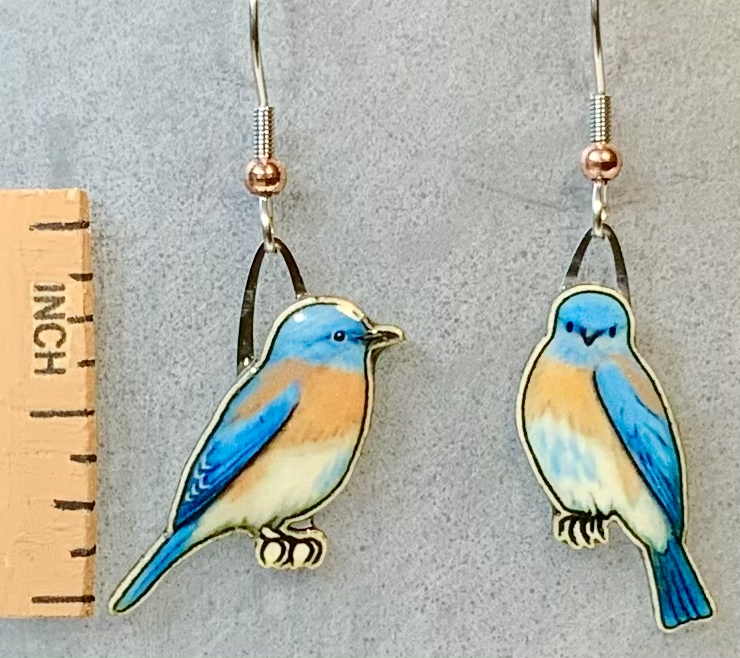
Similar in habits but distinct from the Eastern Bluebird. They likely found from Colorado’s front range westward into Arizona with another population along the California coastal region up into parts of Oregon.

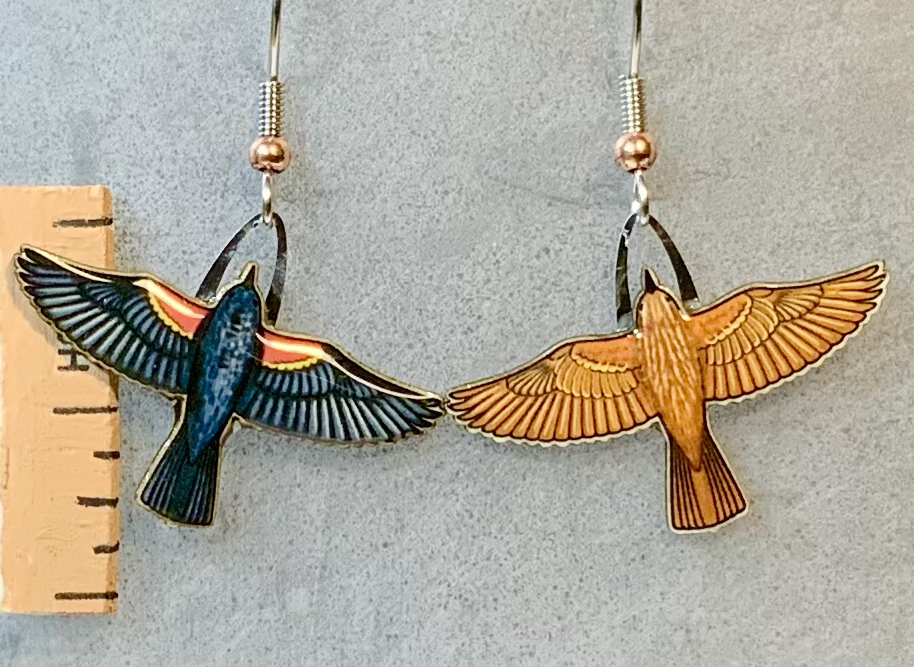
Very common year round throughout almost all of the US and summering far north through much of Canada. A very abundant bird likely seen in open areas from marshes and meadows to pastures and farmland.

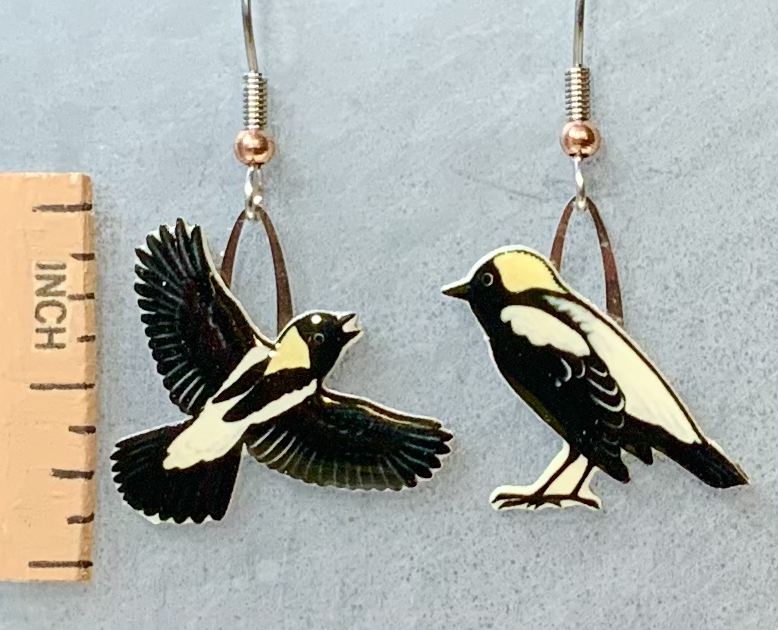
A less common species of blackbird with stricter habitat requirements. They like tall grass prairie, and further east uncut fields or meadows. More common in tall grass prairie states but their population both east and west across the northern states and southern Canada.

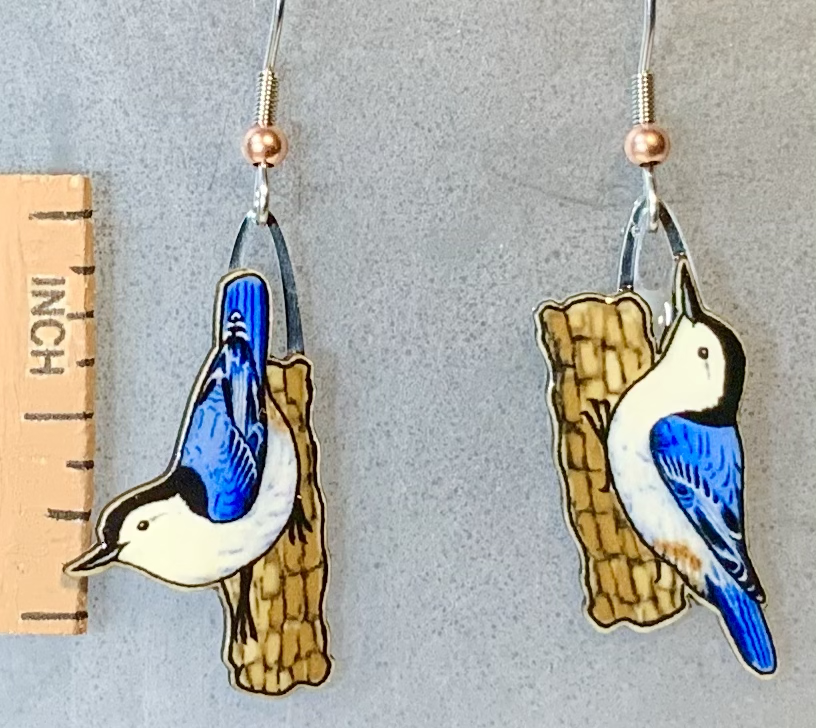
A common year round resident throughout much of North America. They like mature deciduous trees where they glean the trunks and branches for insects. They also frequent feeders and are a backyard favorite.
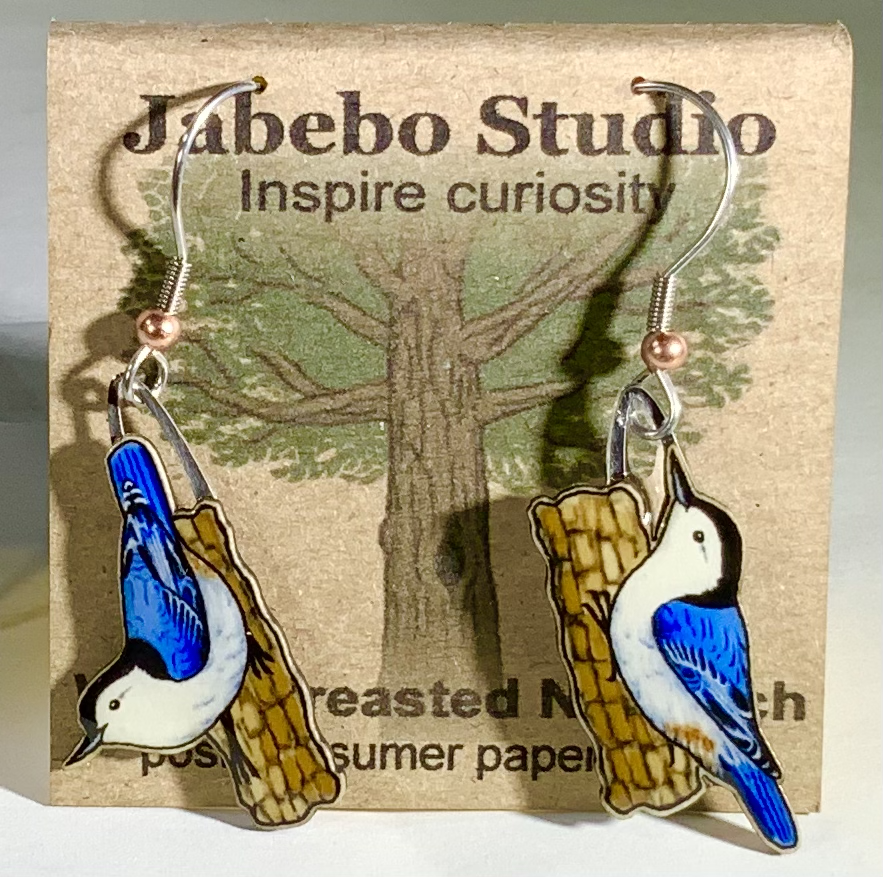
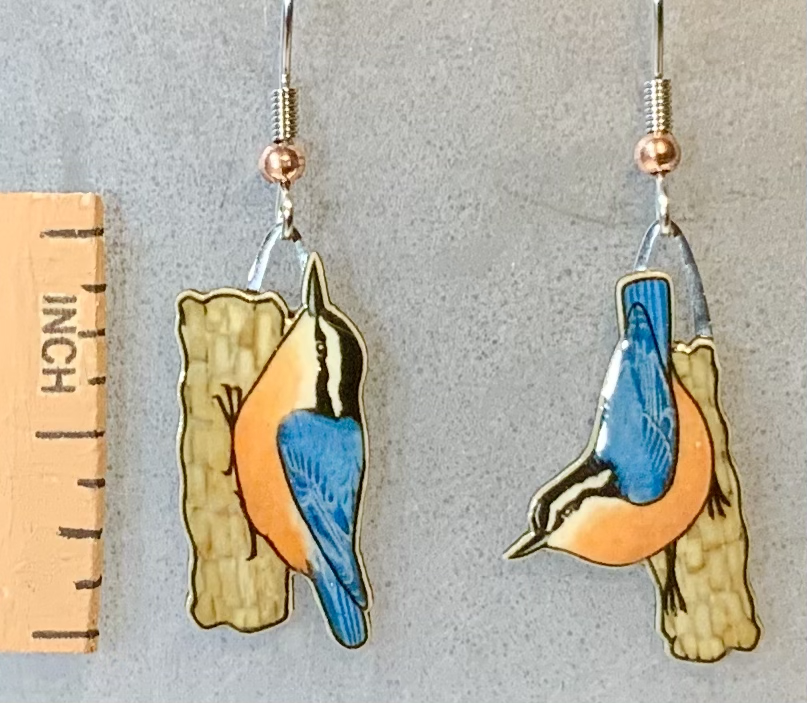
This nuthatch prefers conifer forests which restricts its breeding range to Canada and mountainous regions to the south. That includes mountains of the northeast US and Appalachia as well as the many ranges of the west. They may stay year round in these habitat but spread out and winter throughout the rest of North America as well.

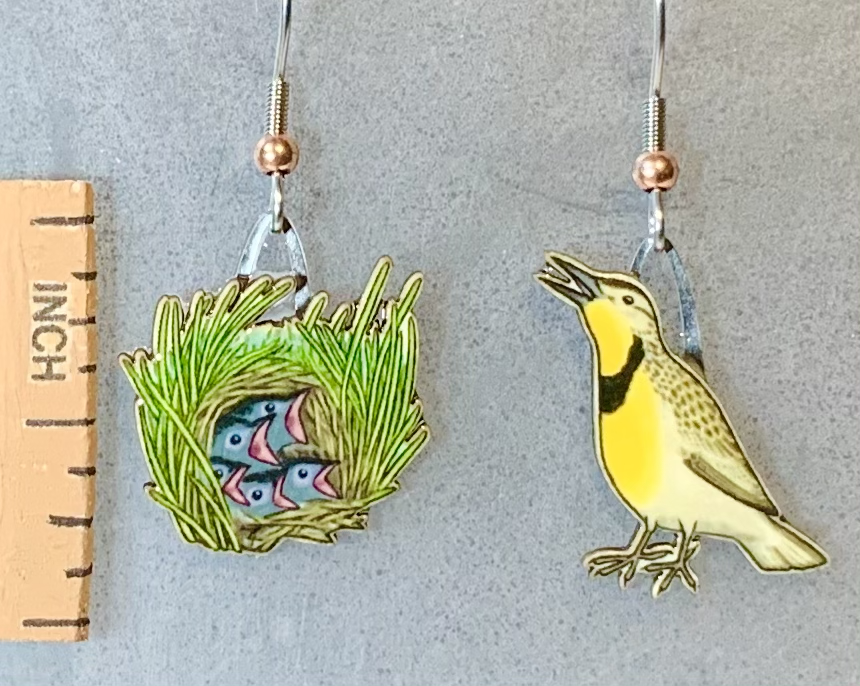
The Western and Eastern Meadowlarks are very similar in appearance. Together they range through almost all North America and are year round residents through much of their range. Meadowlarks love meadows and open grassland. They are not likely to be spotted in every open field of the east but as you travel west into the grassland states they become abundant.

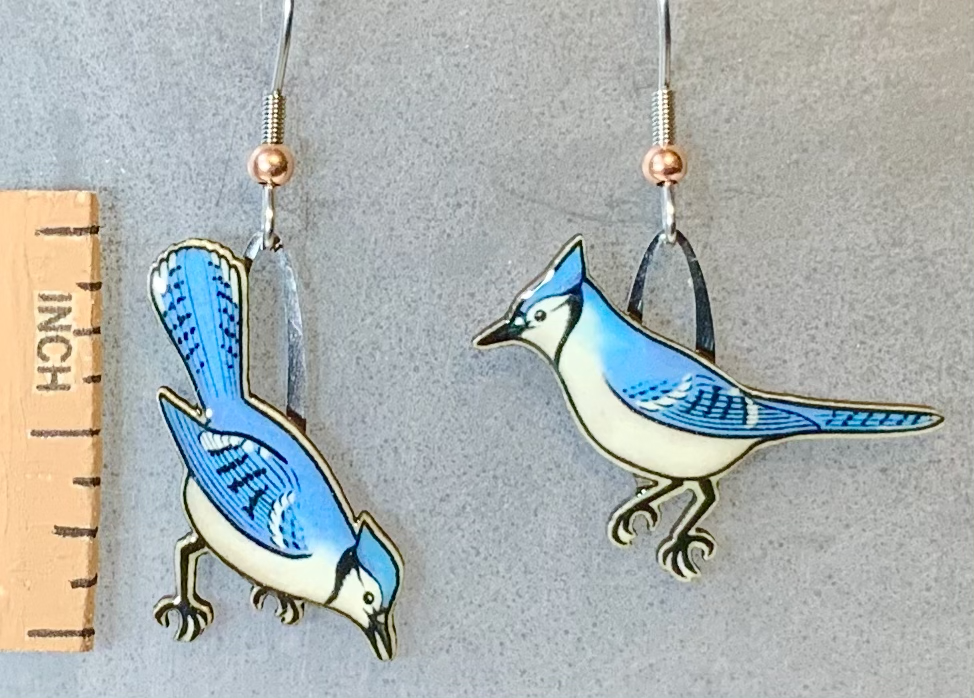
Blue Jays live year round through most all North America from the Rocky’s eastward. Ecologically they like edges where the forest meets open areas which makes towns and parks very suitable habitat.

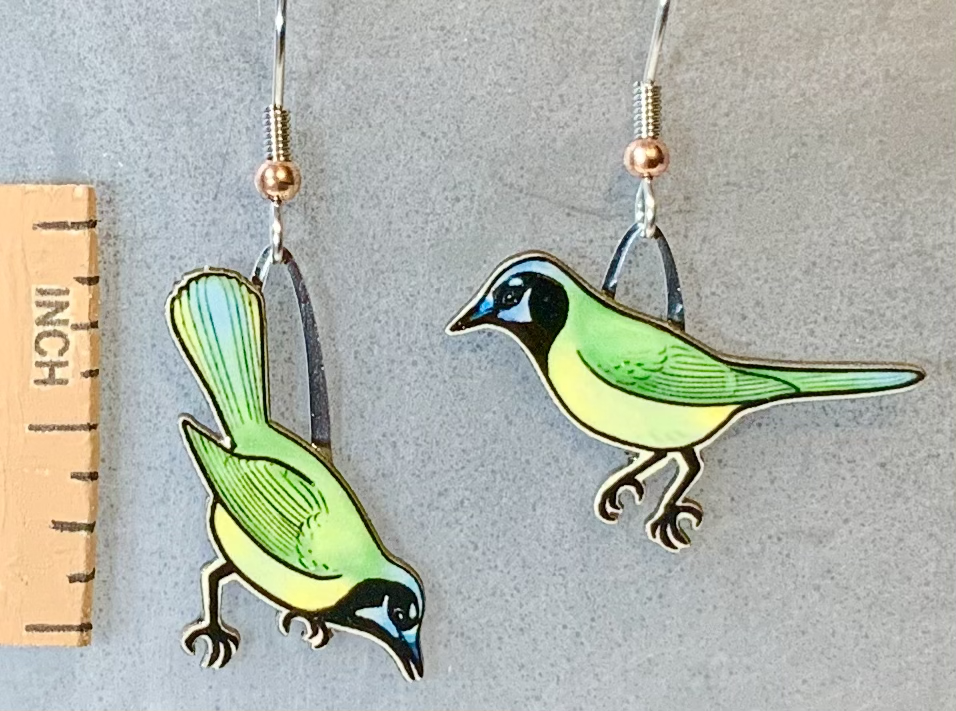
Most of the Green Jays range is in Mexico but they are a common sight in the Rio Grande Valley area of the southern tip of Texas.
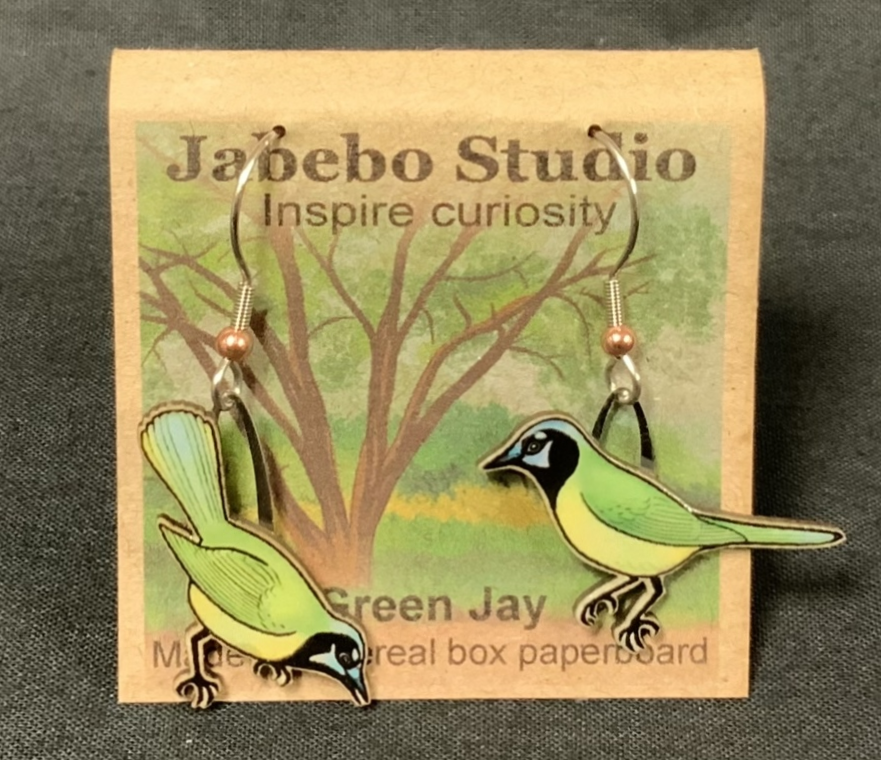
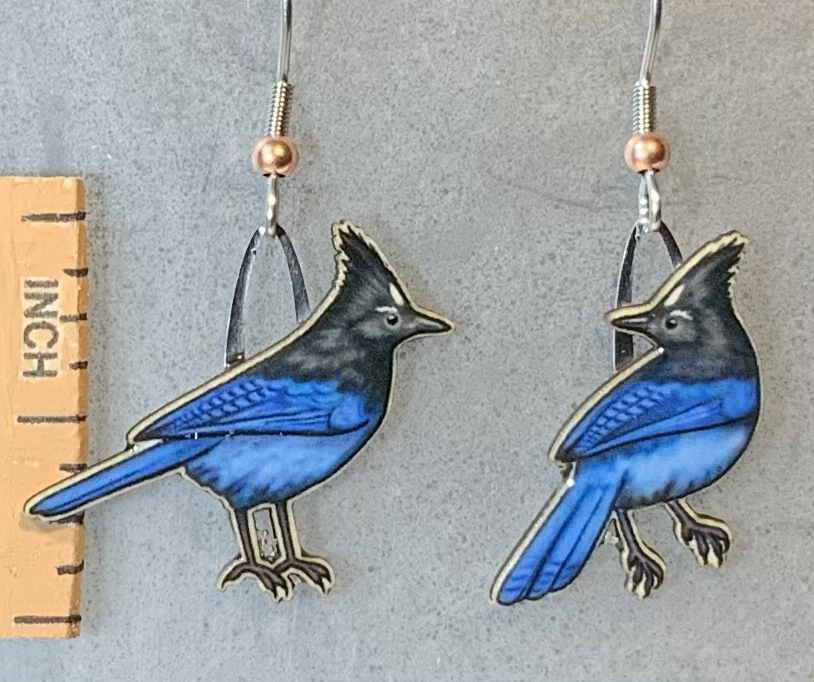
This type of jay lives in the western mountainous areas from southwest to Canada. A bird of the wilderness as well as parks and picnic areas but often limited to higher altitudes.

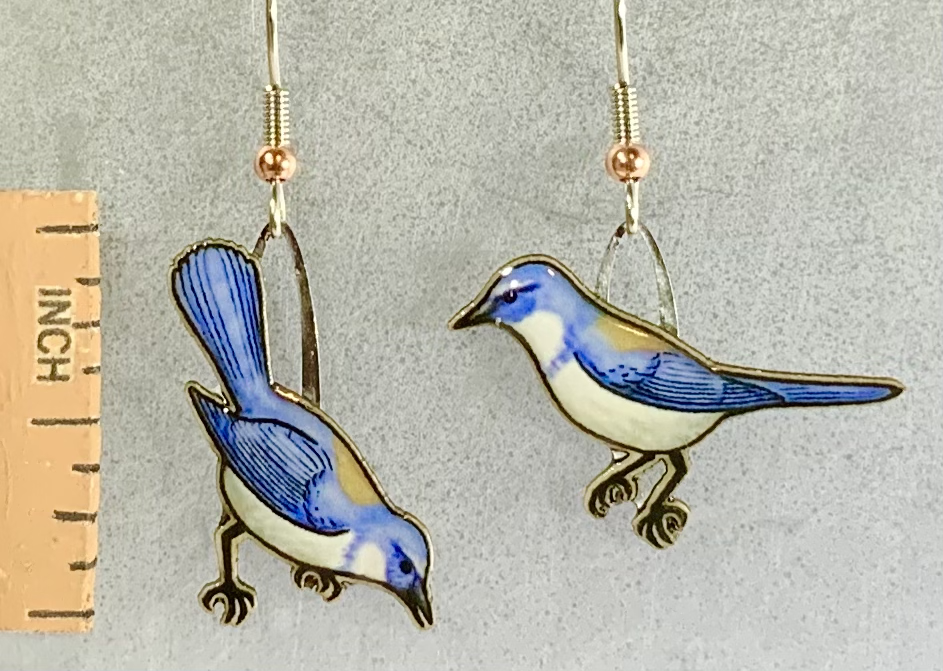
In the west scrub jays live in many of the same regions as the Steller’s Jay but more likely in lower altitudes and scrubbier habitats and maybe not as far northward in range. They are common in the coastal region of California. There is also a Florida species similar in color that is associated with the scrubby oak thickets of ancient sandy dune fields that characterize certain areas of the peninsula.

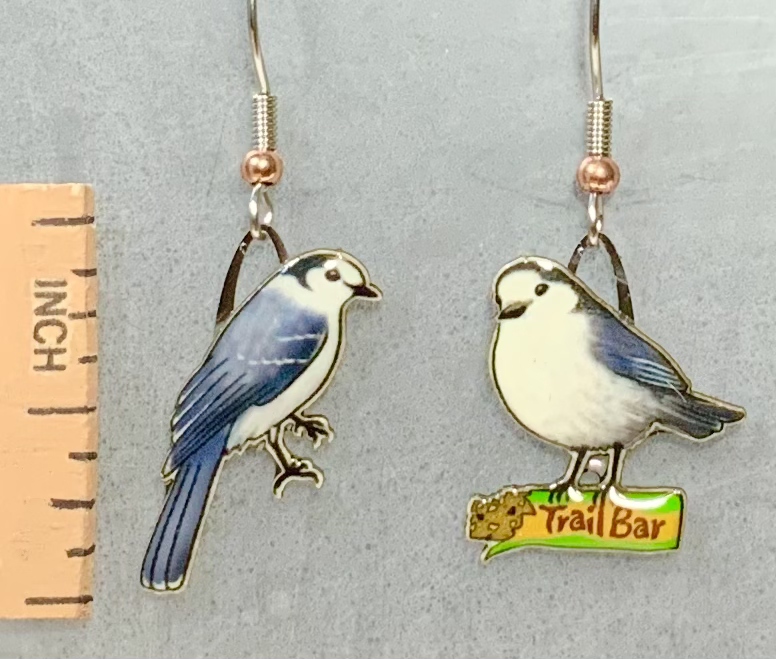
Also known as the Gray Jay these birds have a habit of following hikers hoping to share a snack along the trail. Canada Jays live in the northern boreal forests, but their range extends south into the US through mountainous wilderness areas.

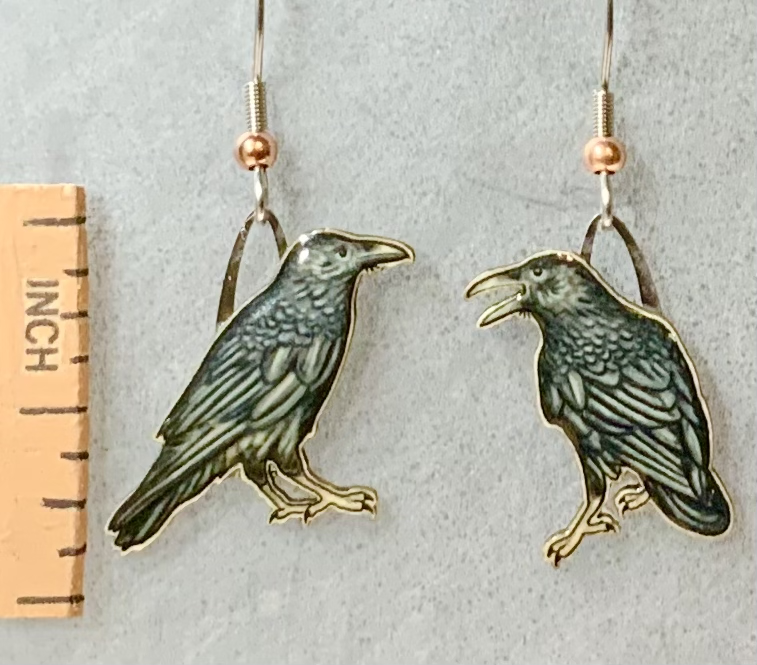
Raven are primary west in the desert and mountainous areas and to the far north of Canada. To the east they live from Pennsylvania down through much of the Appalachian range and through all their range they are year round residents. They are a wilderness animal but do well around people and take advantage of human habitat.
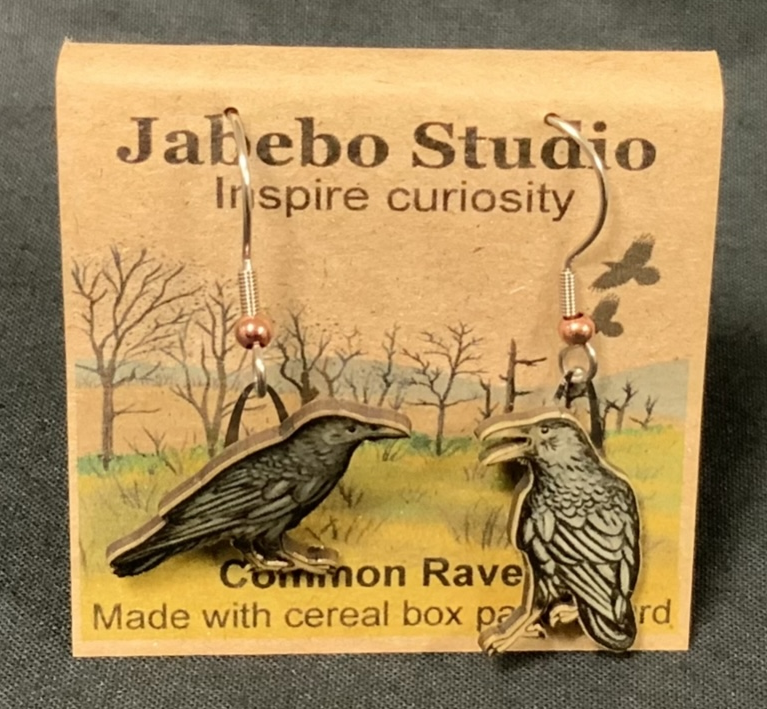
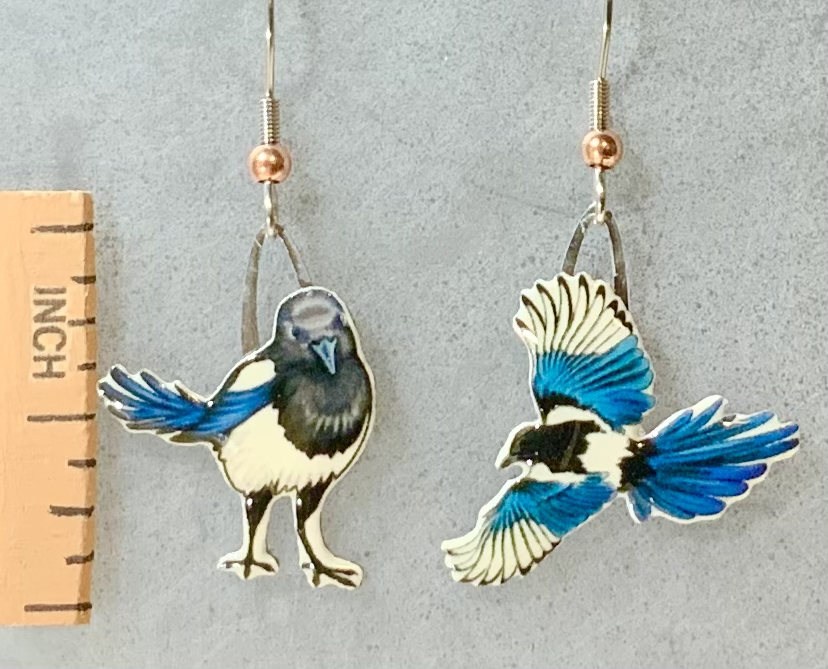
A showy corvid very common in the wilds and urban habitat of the west with the exception of the very south of the western states.

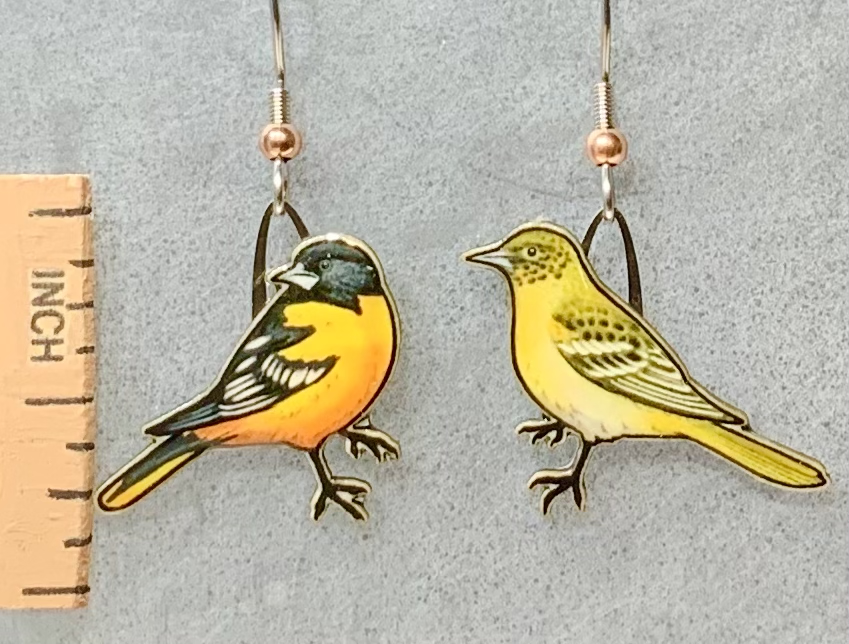
The common oriole of the east but their breeding range extends west into the plains and north into Canada and down into the southern states but not all the way to the southern coast. Some do winter in Florida but in Texas they pass through as migrants. Orioles like tall deciduous trees that are spaced apart, not thick forest. Thus they are common in villages and their parks.

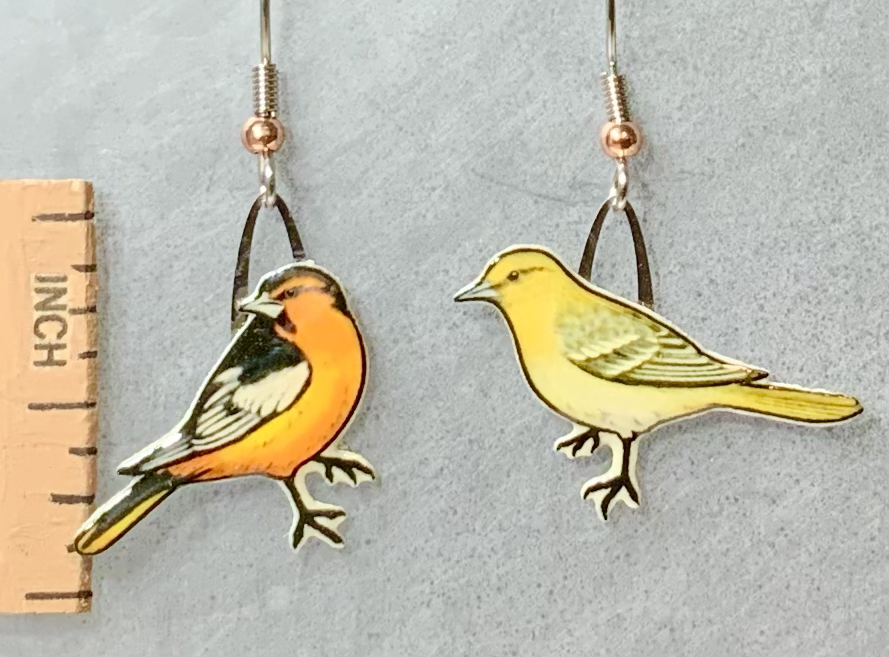
The common oriole of the west. Their range is from the Rocky’s to the West coast and north into Canada. Like the Baltimore oriole they like woods with spacious tall trees but may choose evergreens as well.

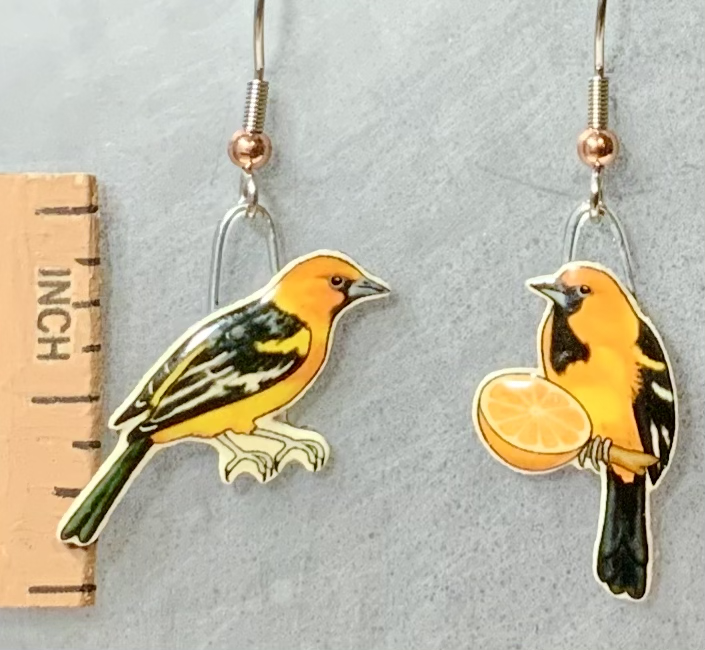
A brightly colored oriole that lives primarily south of the United States but their range reaches into south Texas where they are a common sight.
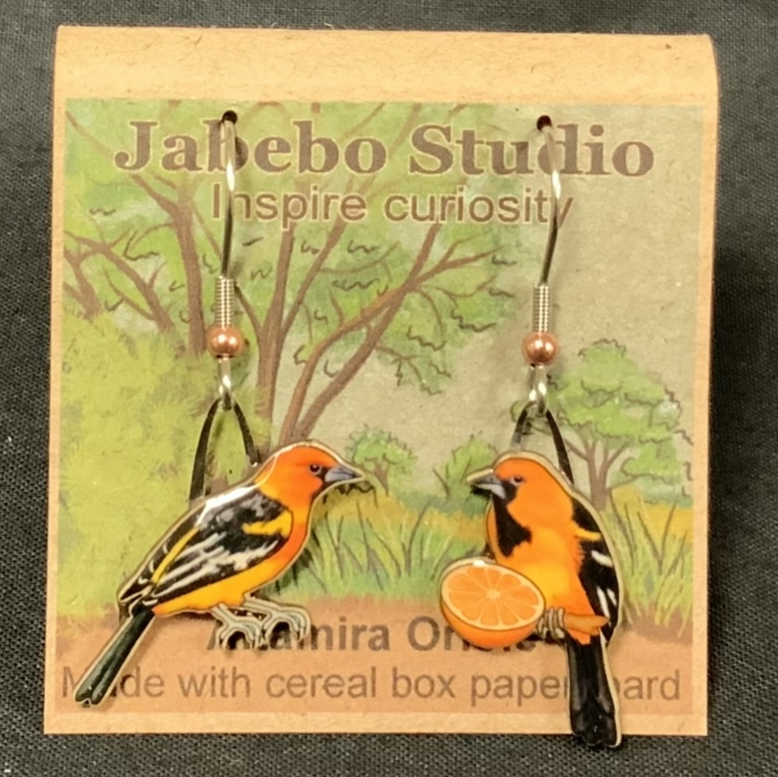
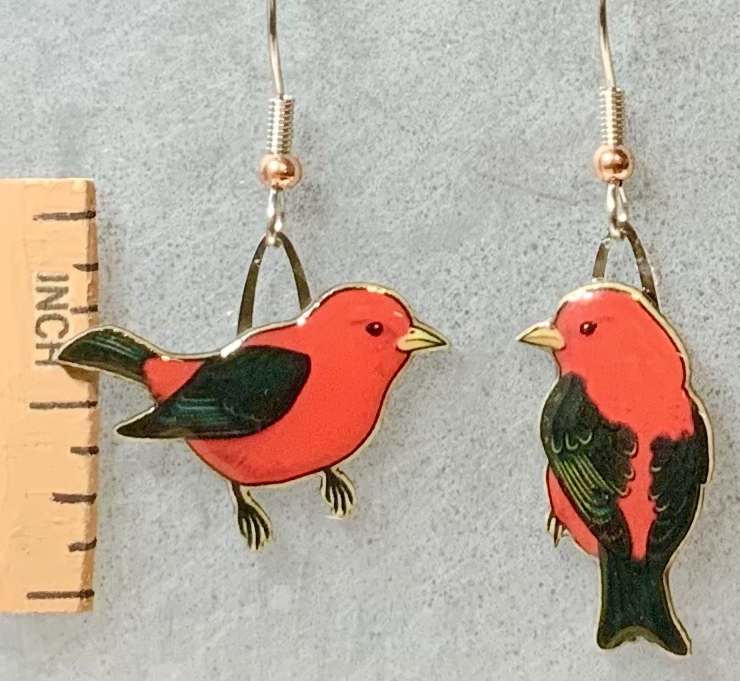
Most likely in eastern US but not in the deep south. They prefer extensive tracts of unfragmented forests. So in regions where forests are mostly continuous there is a great chance these birds are present though they easily go unseen as they stick to the high canopy.

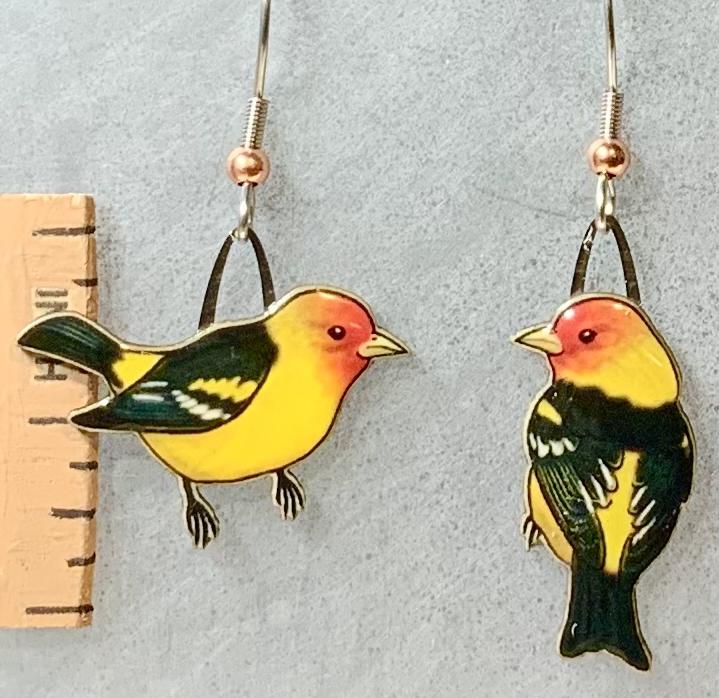
Live throughout much of the western North America with suitable habitat. Like the eastern tanager species they like taller trees where they inhabit the canopy and they are associated with higher elevations.

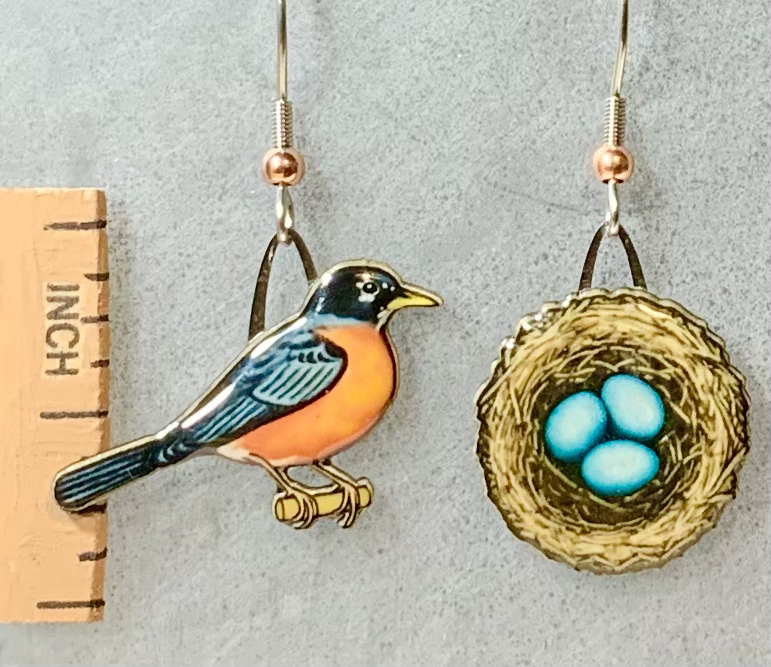
Found living year round in most all the US and with a summer range far north into Canada and Alaska as well. Familiar in parks and backyards everywhere but also common in remote areas as well. Their population does shift seasonally and they congregate in large numbers in the south.

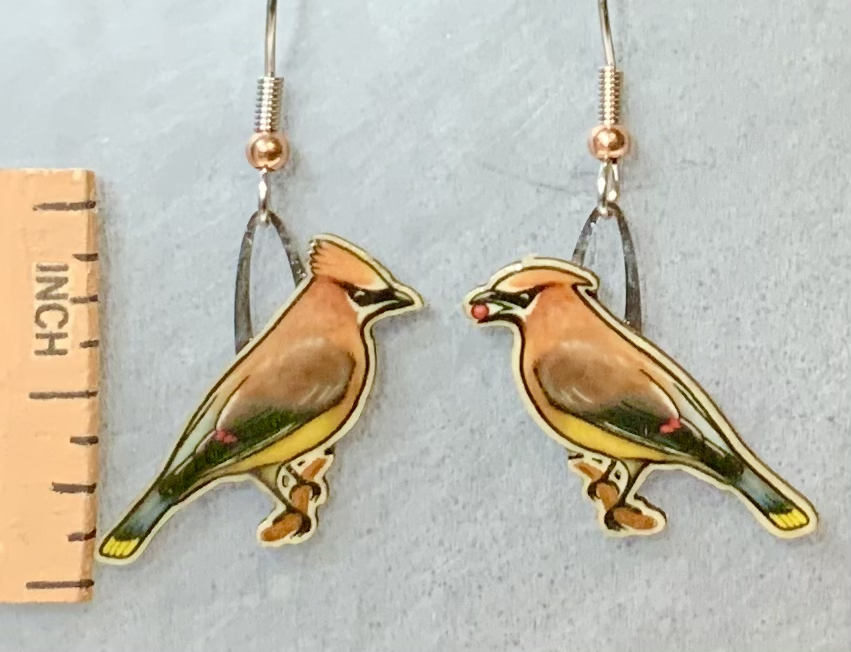
Cedar Waxwings breed through much of the northern states and Canada while they winter though out almost all of the lower 48. They love berry trees and can be found in a variety of kinds of woodlands as well as Manta Ray gardens and city parks.

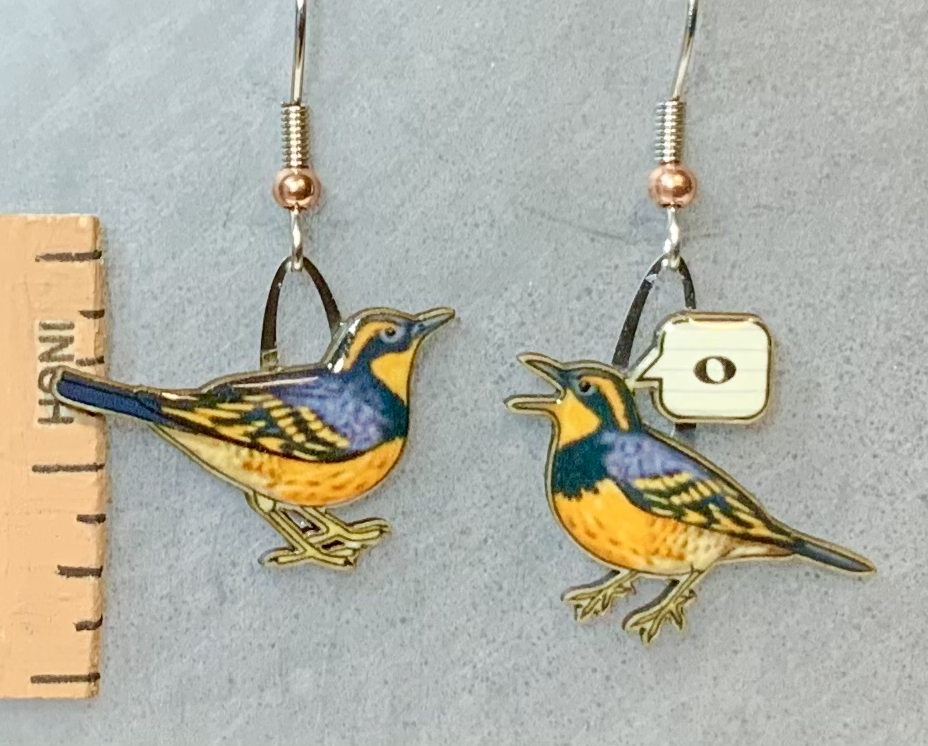
Commonly heard and not so easily seen in the cool old forests of the Northwest, these birds sing in hauntingly long single pitch notes.

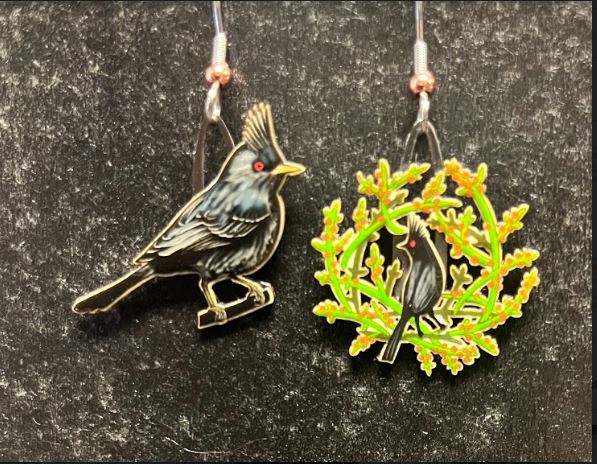
Associated with southwestern scrub regions, Phainopepla are actually drawn to the mistletoe growing on desert trees like mesquite. The berries make a large portion of the diets for these shiny black birds.
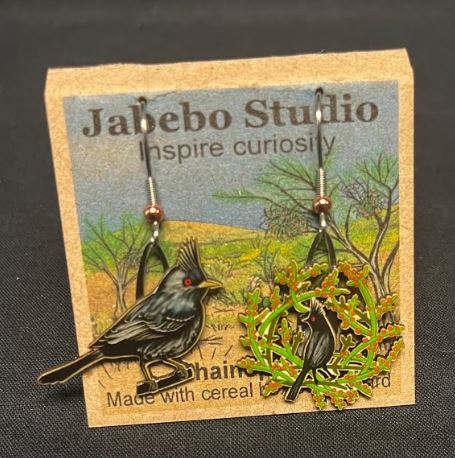

This lively bird has a wide range throughout the southern half of North America. They like more open areas where they often hunt insects on the ground. Their characteristic wing flash display is believed to startle prey.

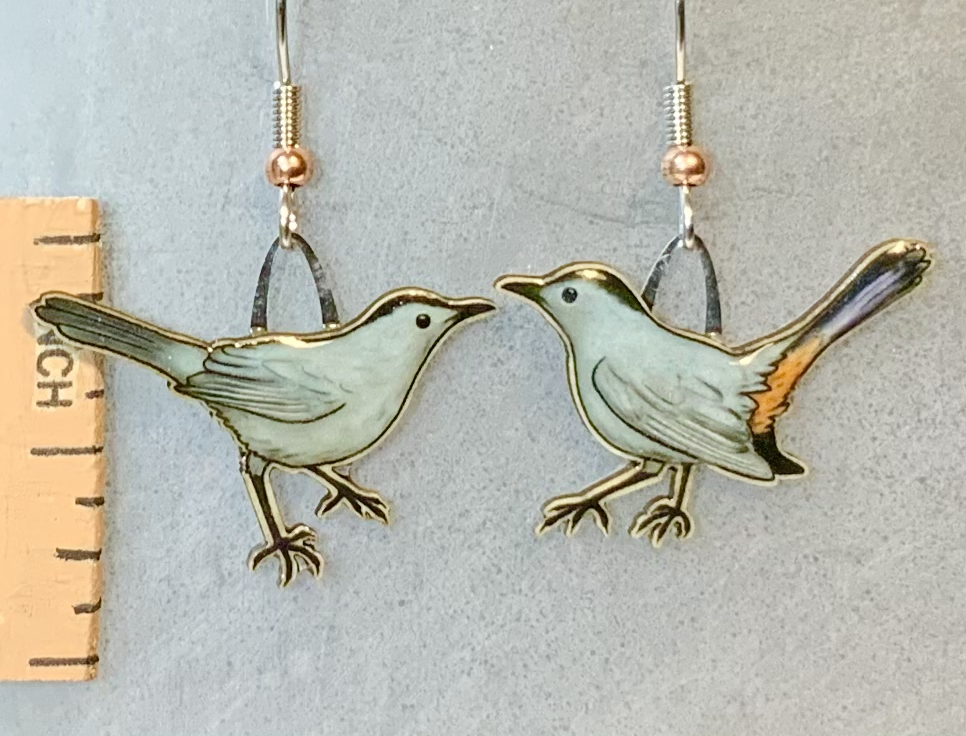
This songbird is wide ranging except for the far western and southwestern regions. Their song is loaded with random gobbledygook but they are often heard by their cat like call. If you catch a glimpse of one of their behinds, then notice the brown smudge.

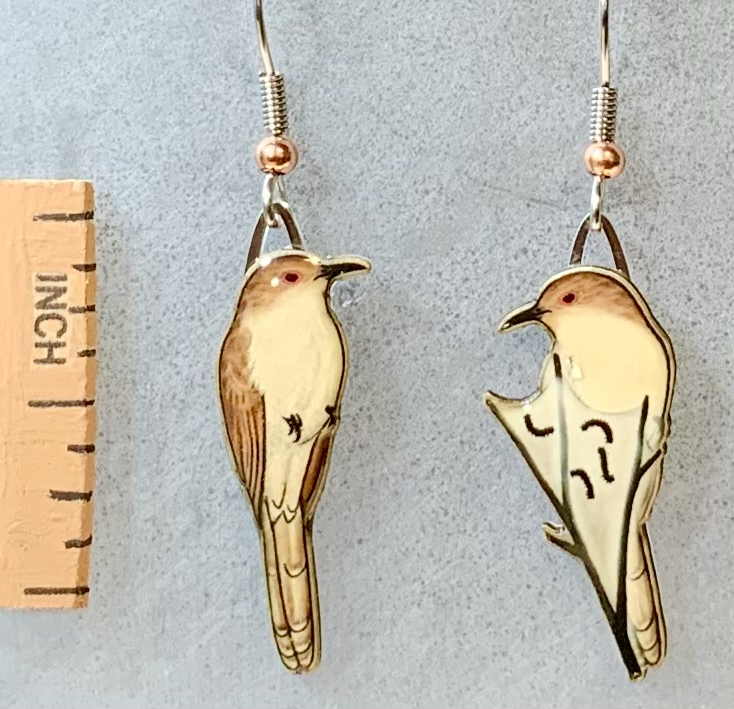
For a large bird cuckoos are surprising hard to find because they tend to sit still or forage with slow movements in the thick vegetation, in bushes or higher up in forest canopies. Black-billed and Yellow-billed cuckoos have much in common including similar ranges and appetites for spiny caterpillars, including the ones responsible for making tents. The Black-billed spices is more rare with a population that has declined more significantly in recent years..

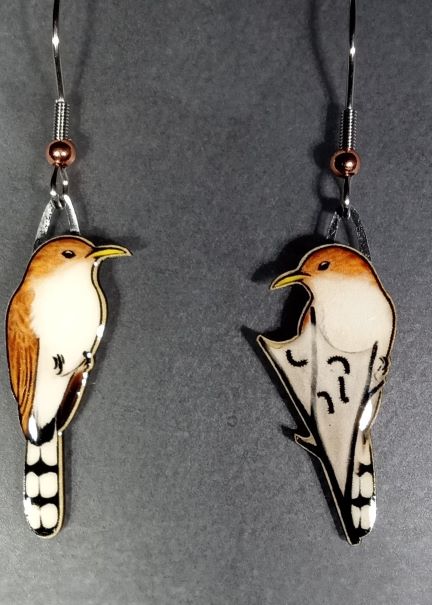
For two distinct species the Yellow-billed and Black-billed Cuckoos have quite a lot in common. They share similar ranges and foraging habitats including feeding on tent caterpillars. Yellow-billed Cuckoos may be more likely to inhabit denser forests. They are more common than the Black-billed, which have declined more significantly. And although a hard bird to catch a glimpse of, the distinct call of the yellow-billed is not uncommon to hear. Design by Kevin

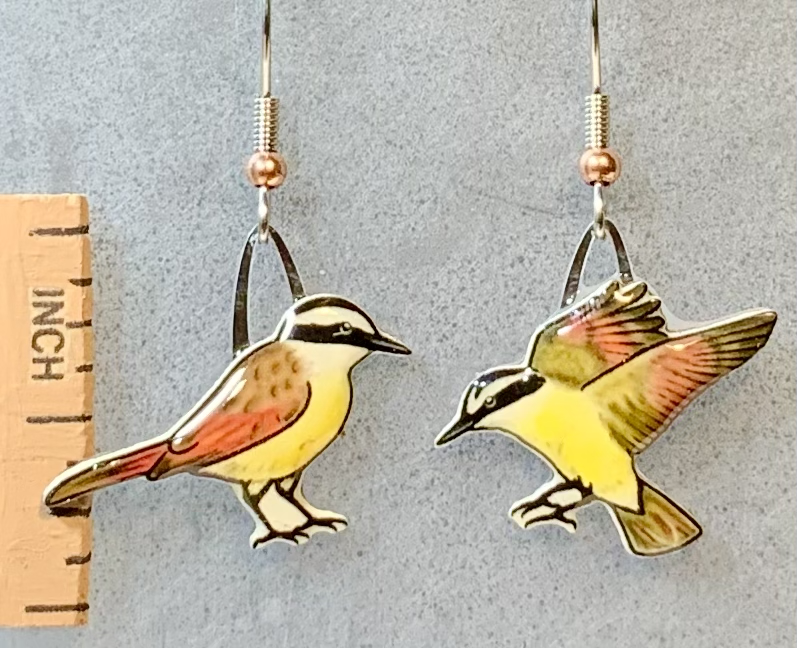
Mostly tropical, their range extends into the Texas Rio Grande Valley. Here they are conspicuous and common, feeding in a variety of habitats, especially around water.

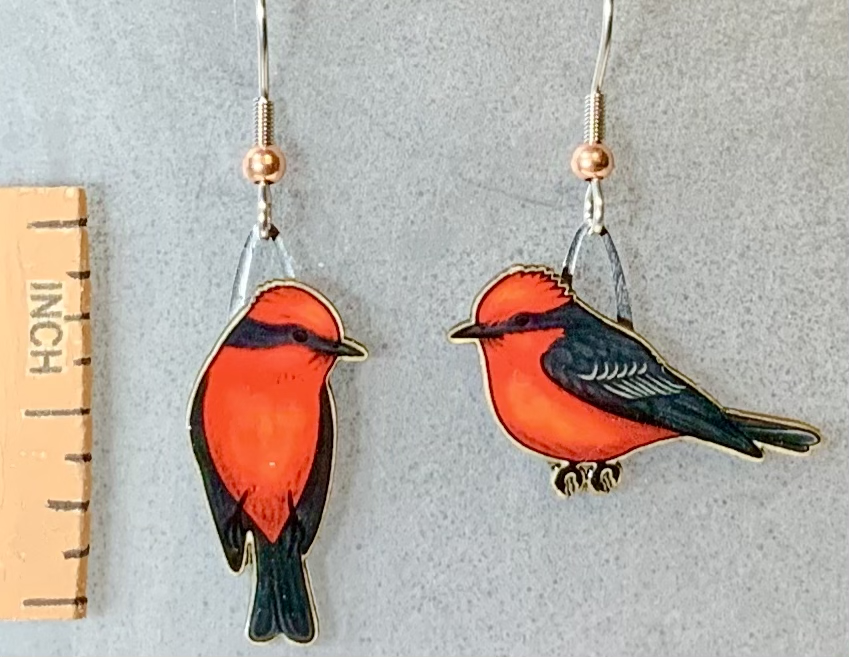
A summer to year round resident from Southern Texas to Southern California.
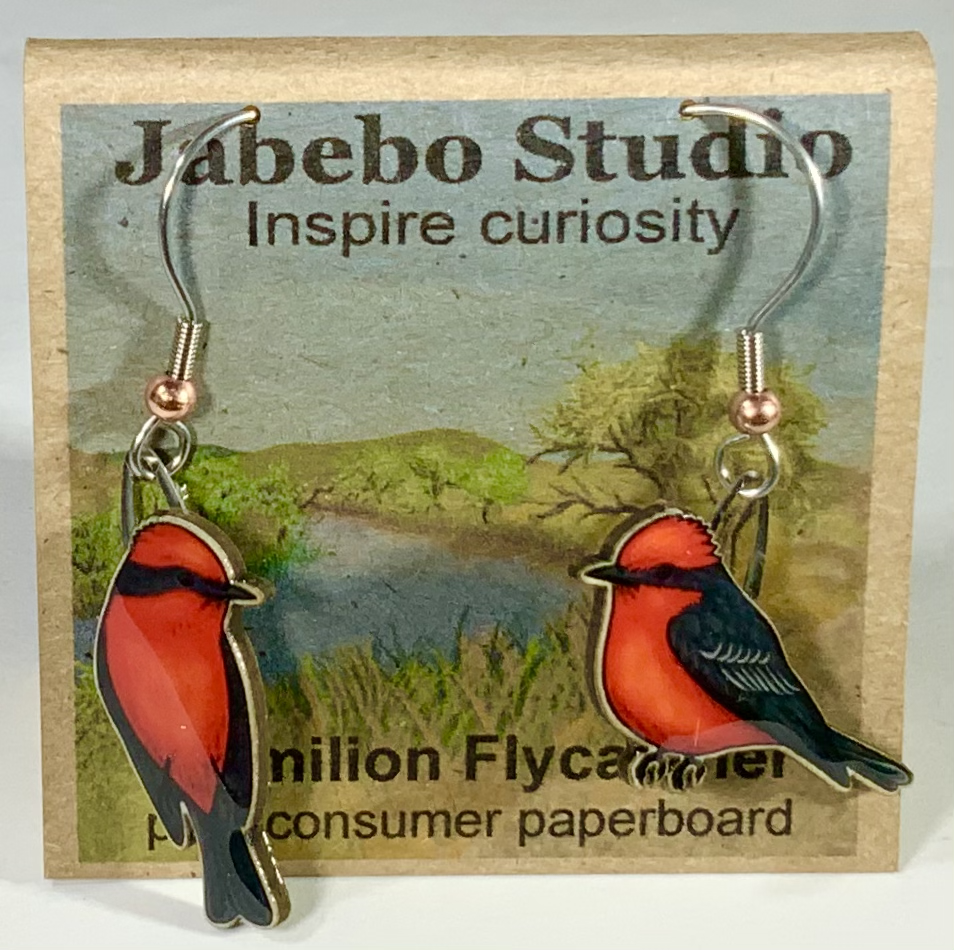
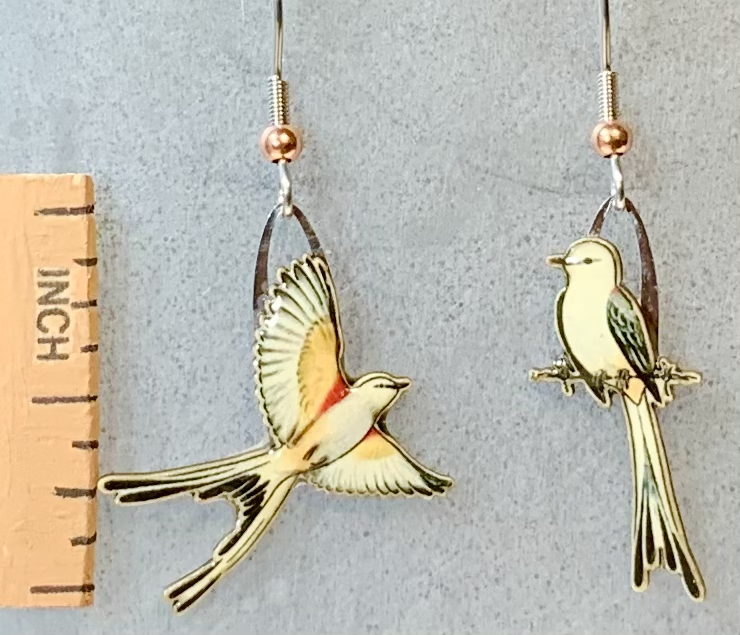
A common summer resident of the South Midwest prairies and fields. These birds are beautiful to watch as they float on breezes maneuvering with their log forked tails.
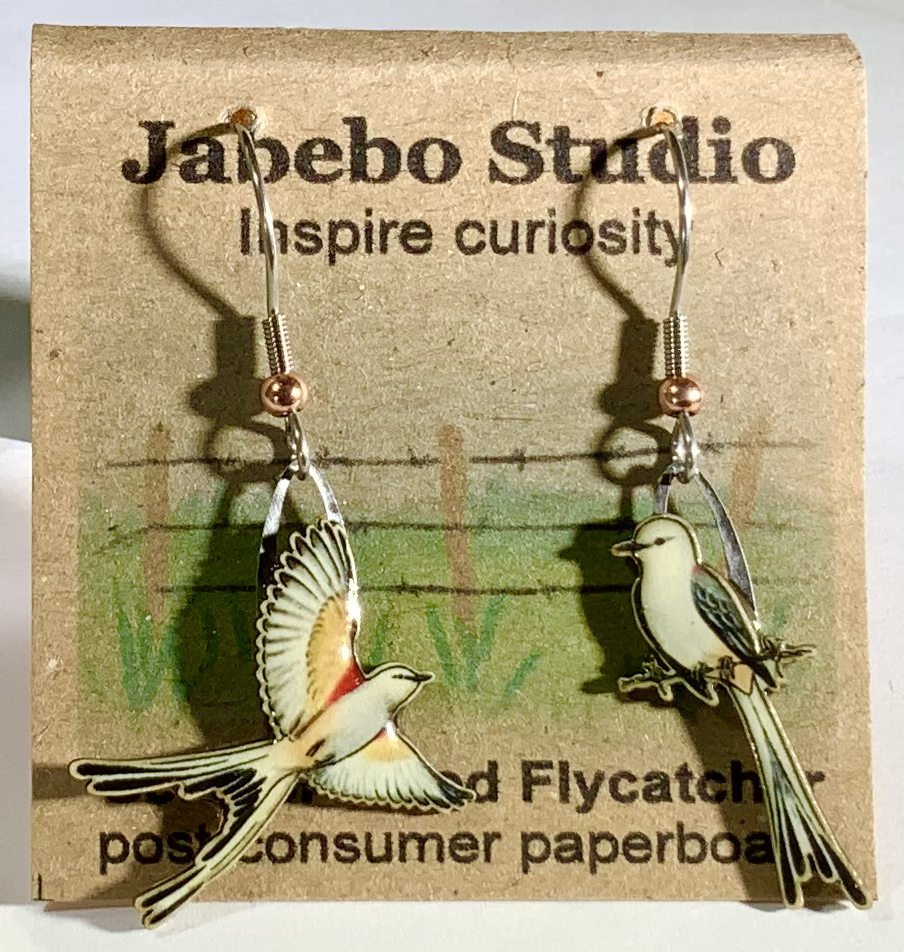
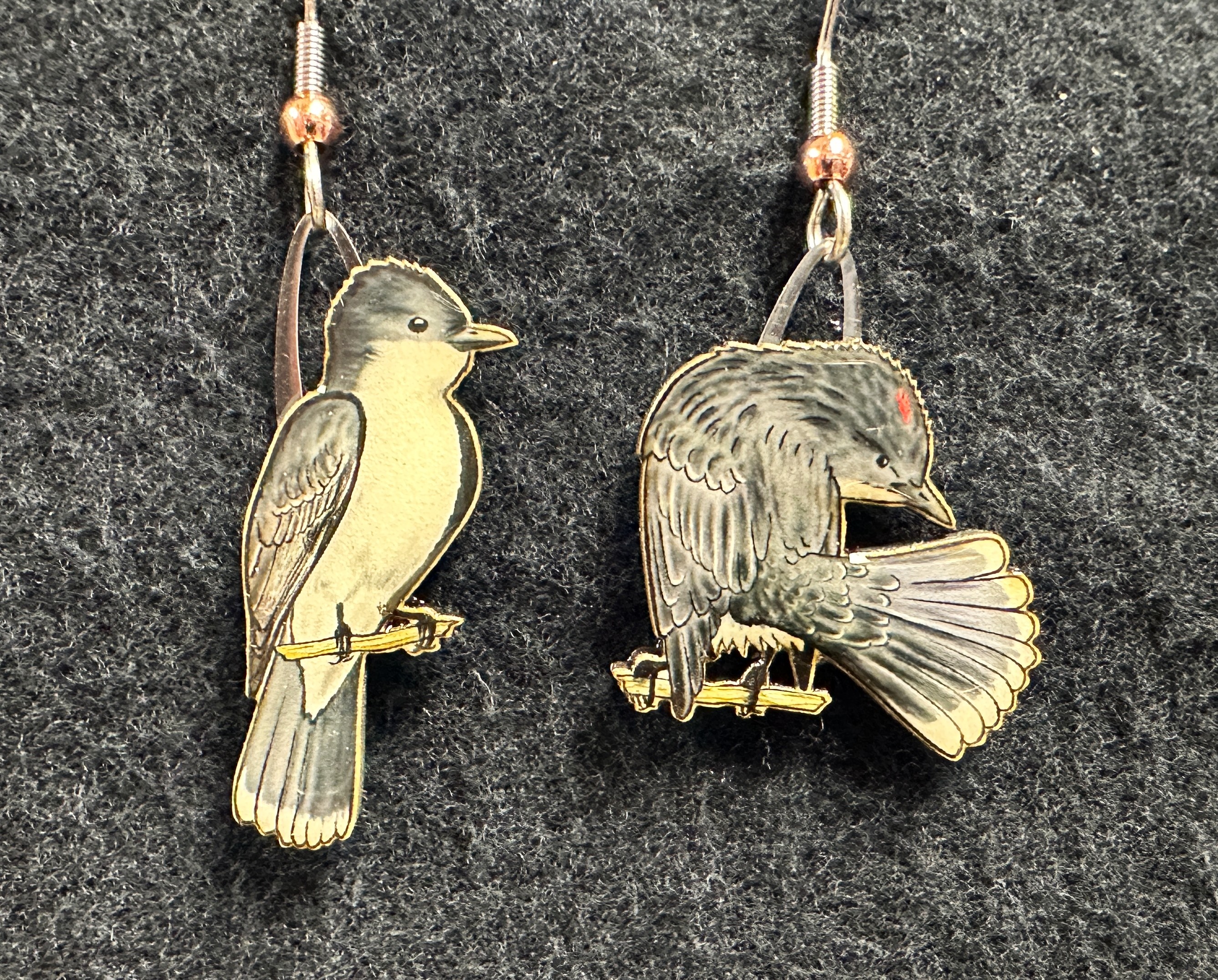
Though “Eastern” is part of the name, the range of the Eastern Kingbird extends northwest into Washington state and Canada. They have a red crest that is not easy to see at most angles unless they extend it to display aggression.
These dapper birds are known for their upright posture.
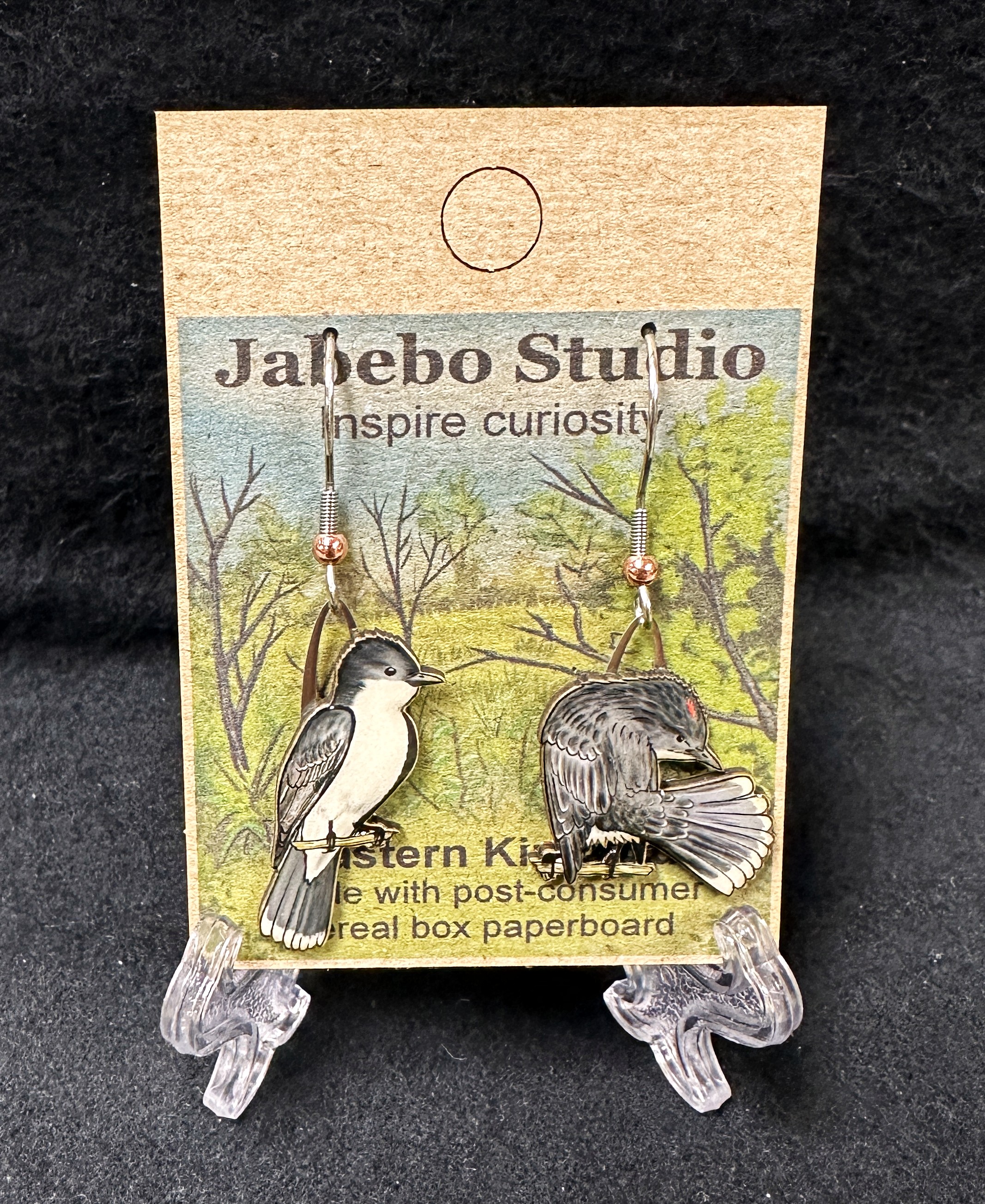
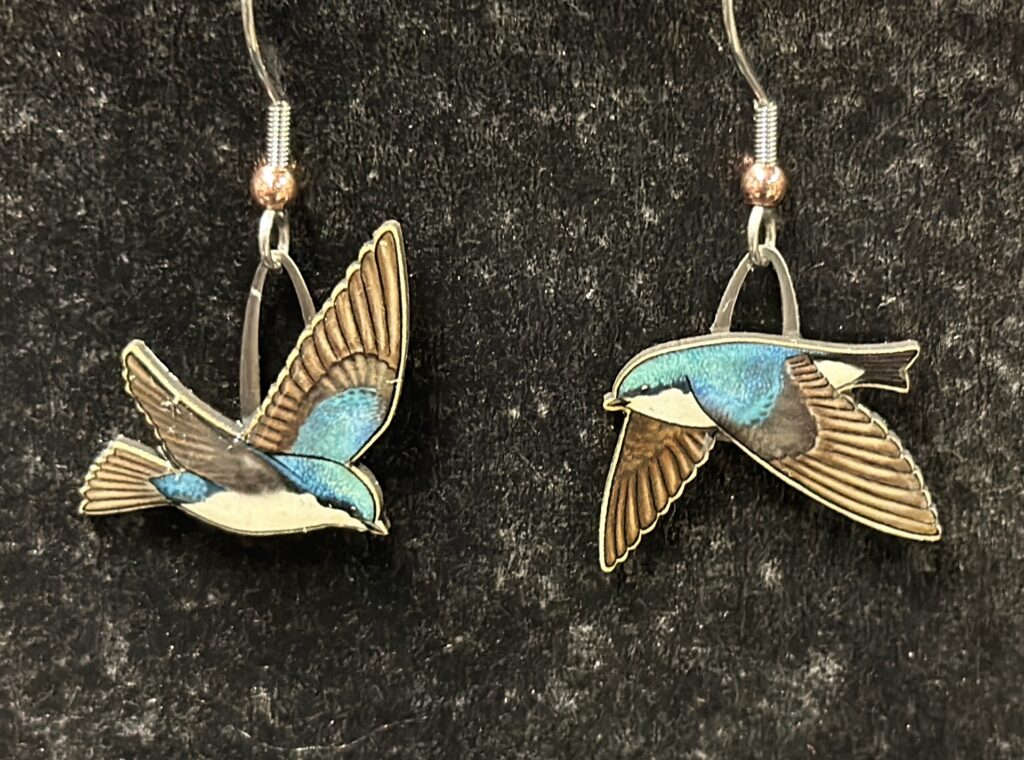
These active flyers catch insects in flight over open spaces such as fields, ponds and shorelines. Seasonally found throughout North America, breeding tends to occur in the northern half of the continent. A tree cavity nester, they often choose nest boxes to breed.

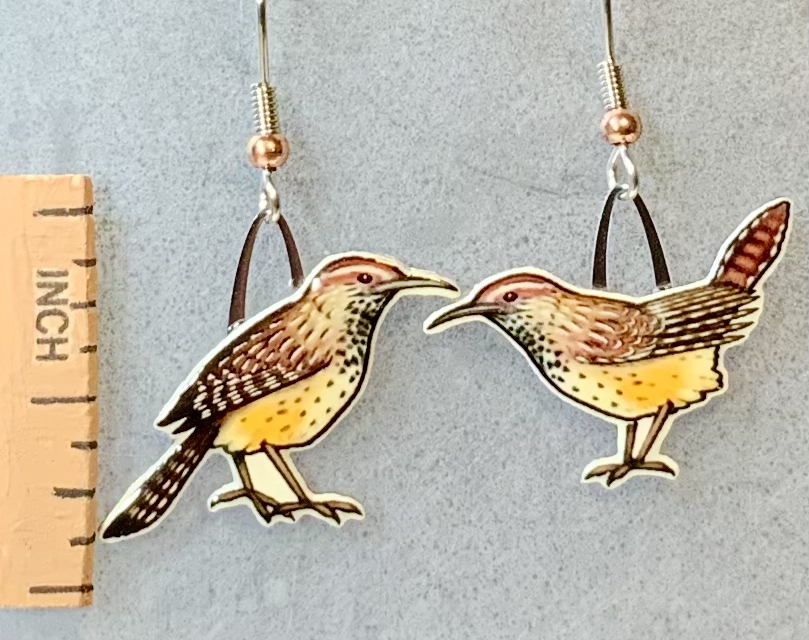
A conspicuous large wren of the southwestern desert low country, particularly in southern Arizona, New Mexico and into Texas.

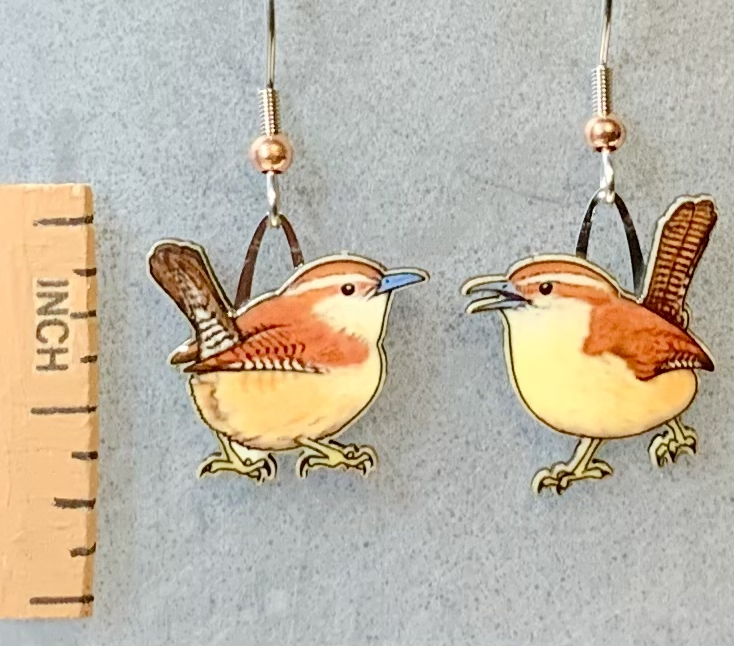
A small, common wren of the eastern United States, ranging from south Ontario, Canada to the northern tip of Mexico.

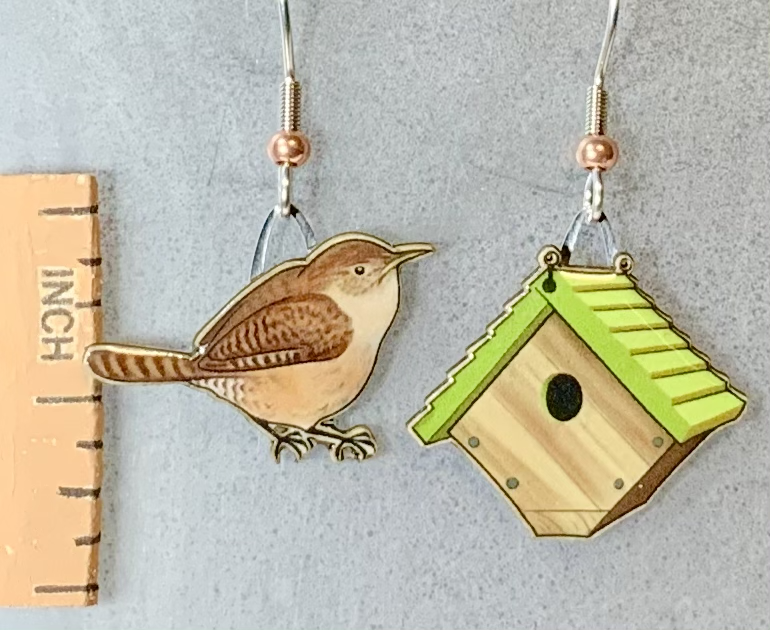
The House Wren supposedly gets its name from its inclination to nest near human dwellings where they may find small openings to nest in. You might provide additional opportunities for a wren family by placing a birdhouse in your yard made especially for them.

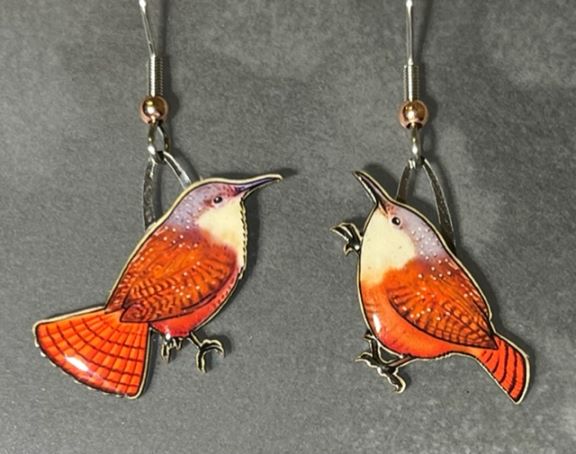
Small, even for a wren, these active little birds live in the canyons of the west and south west where they can be seen foraging along the canyon walls sometimes scurrying up and down steep rock walls on foot. Design by Kevin
